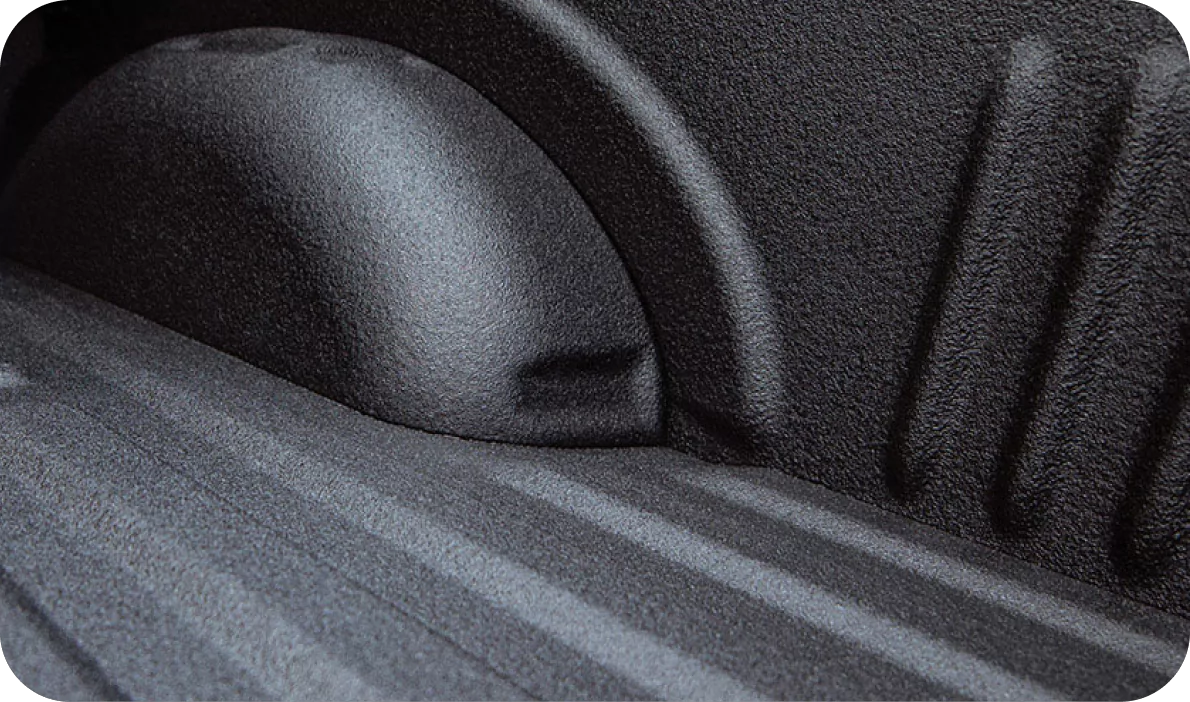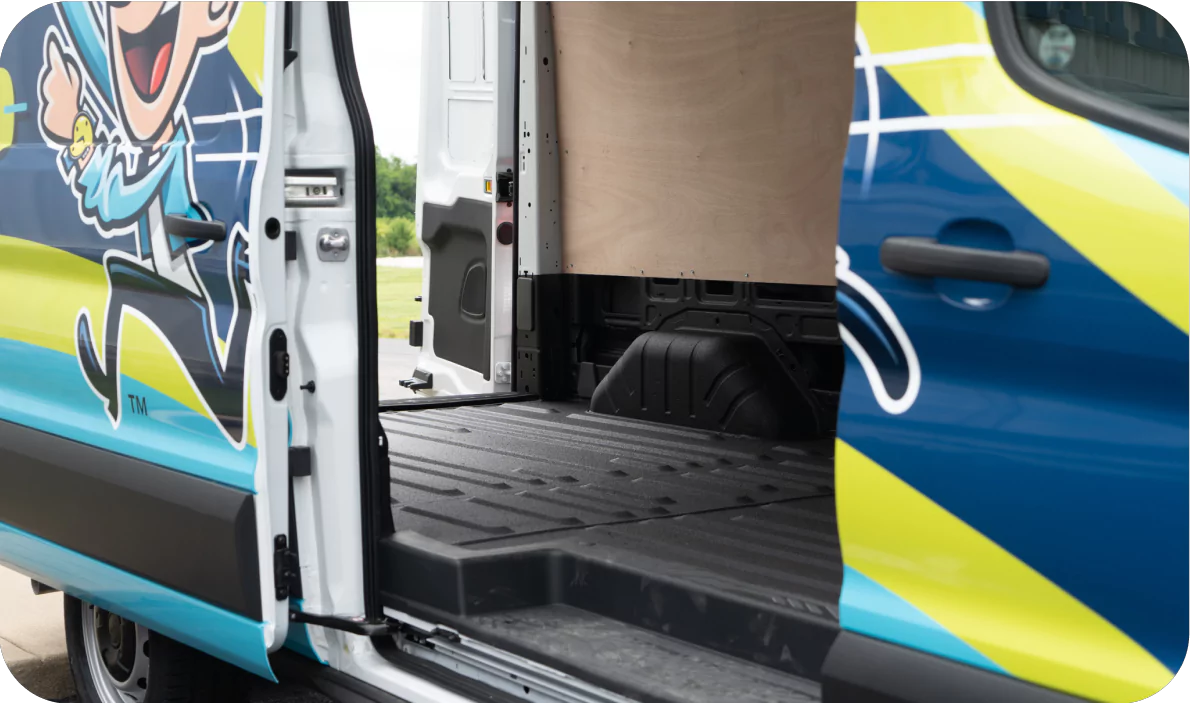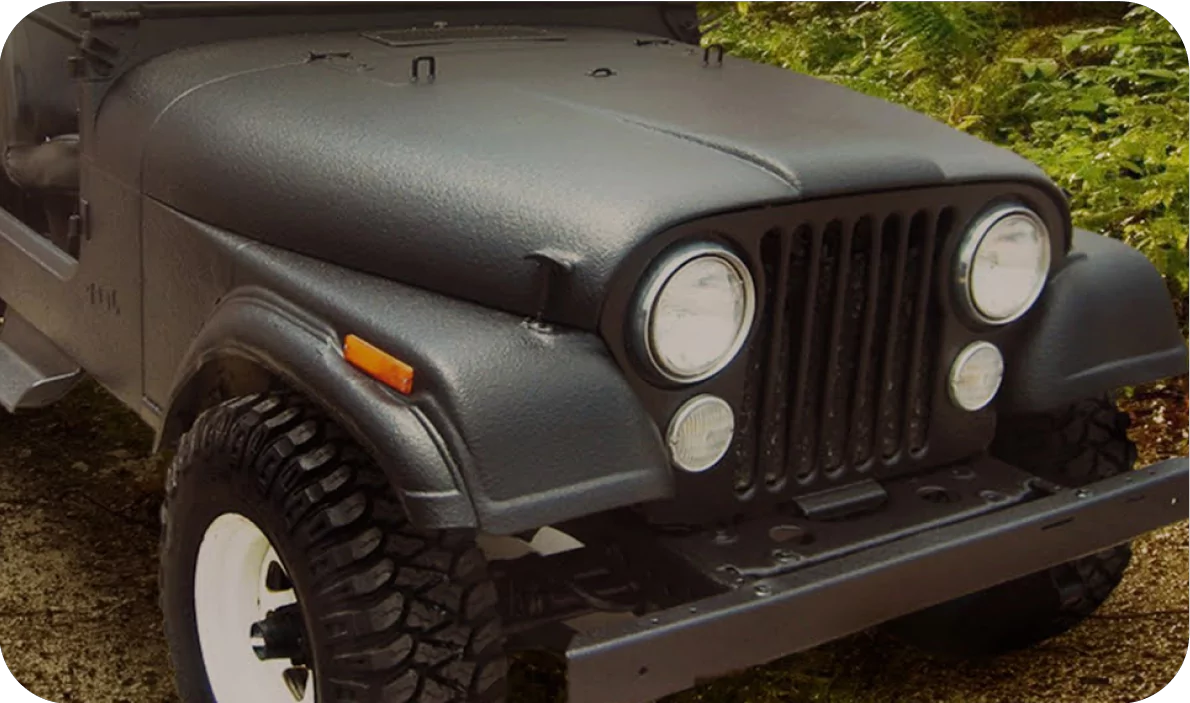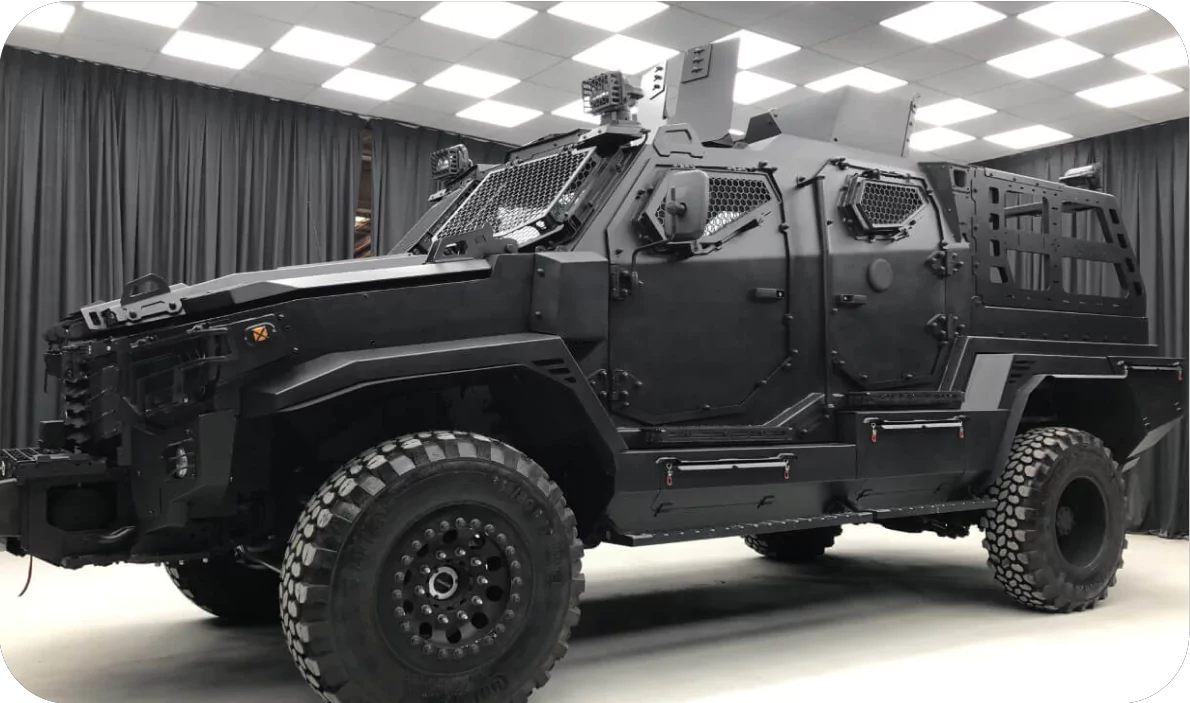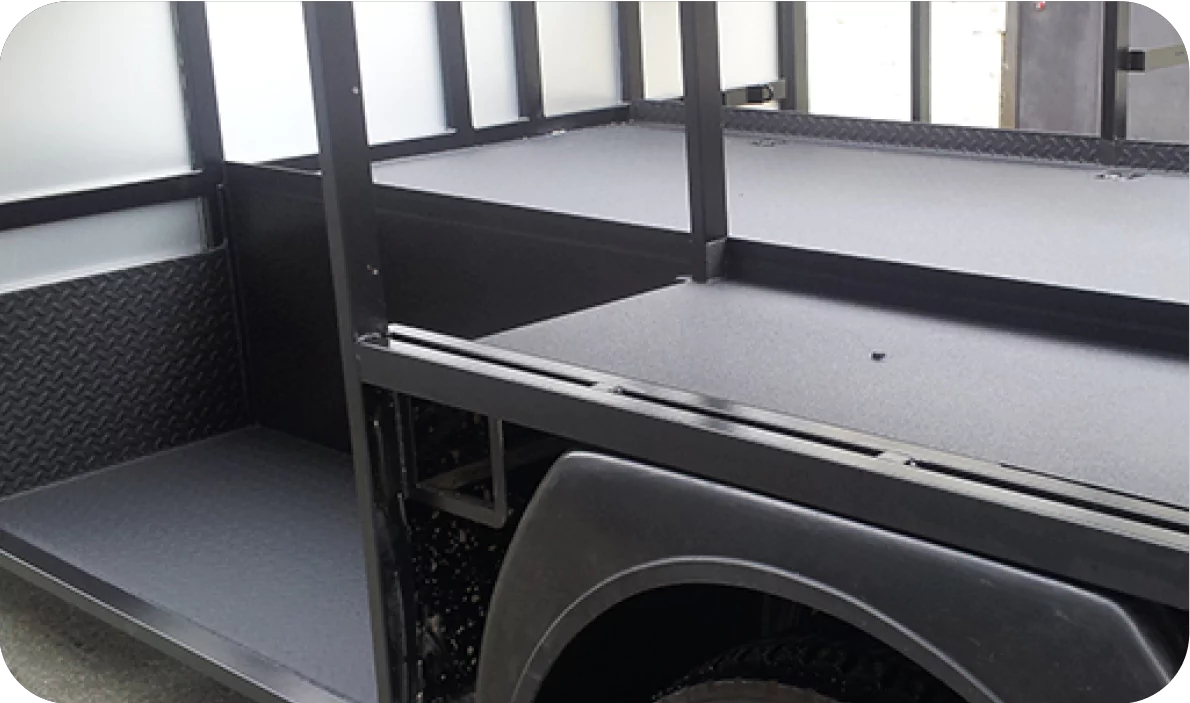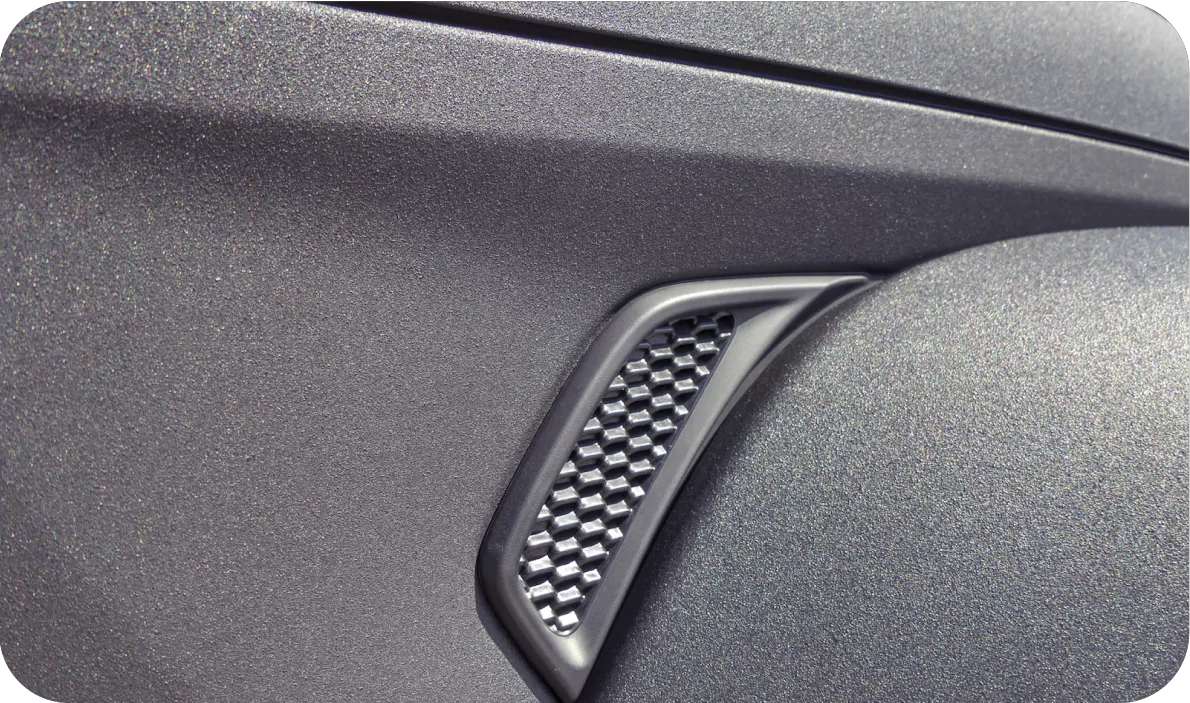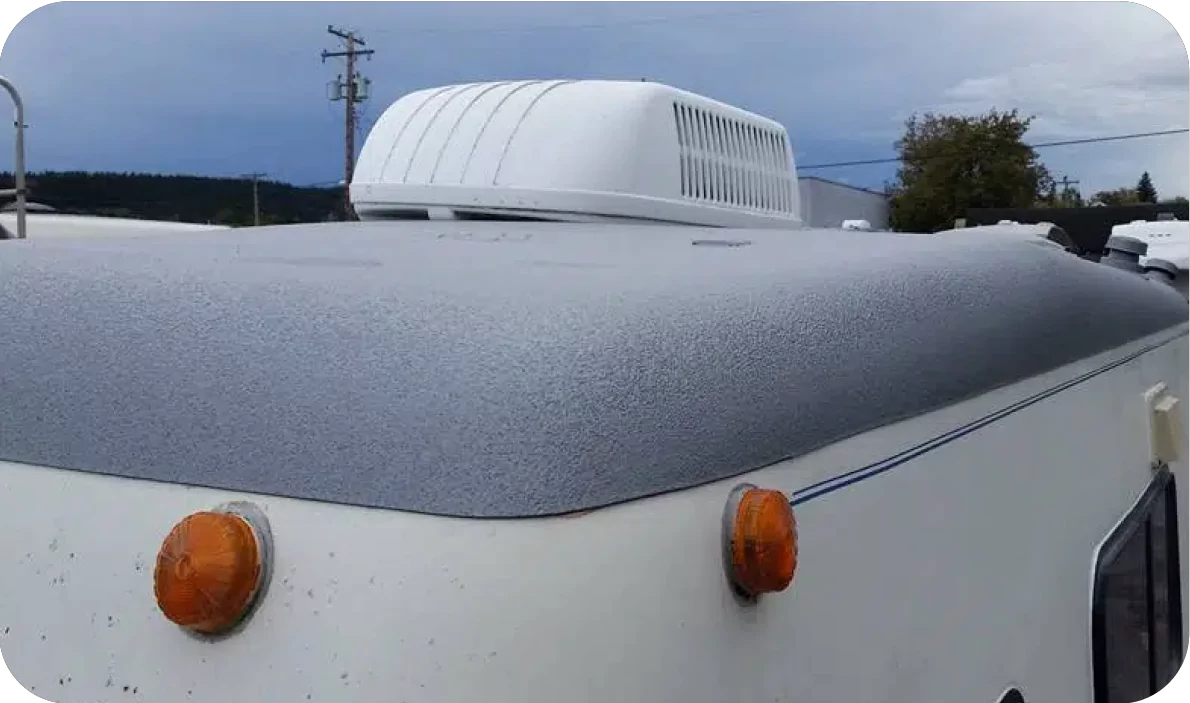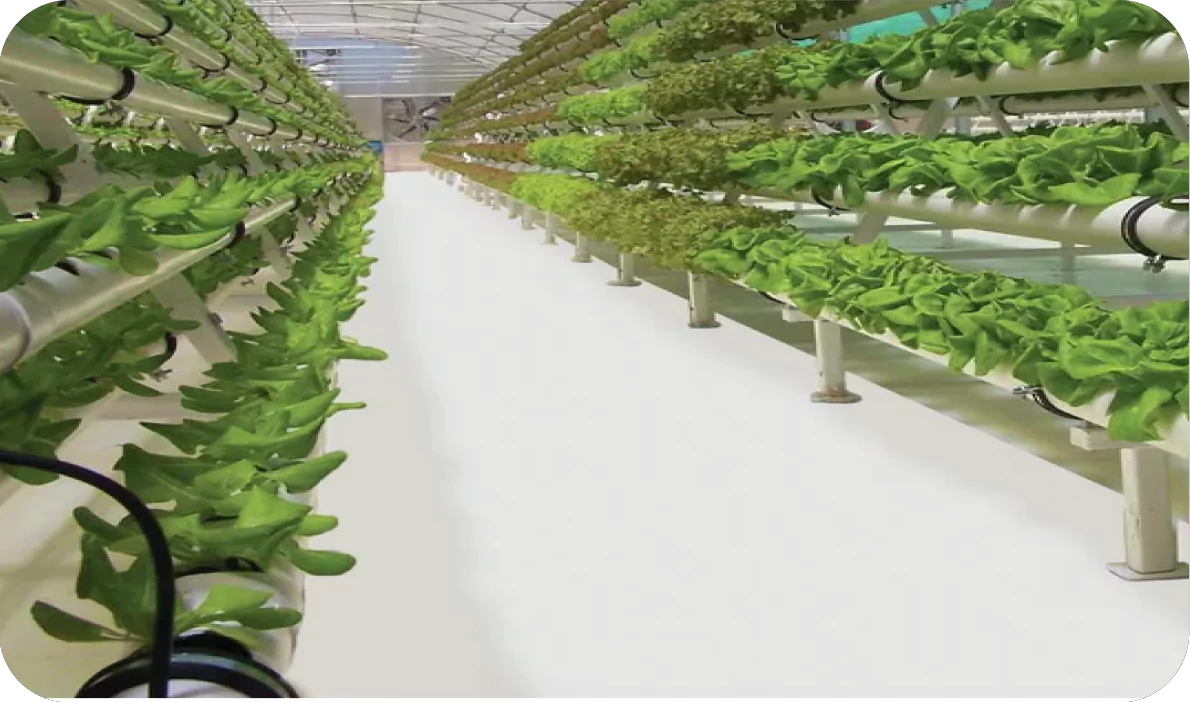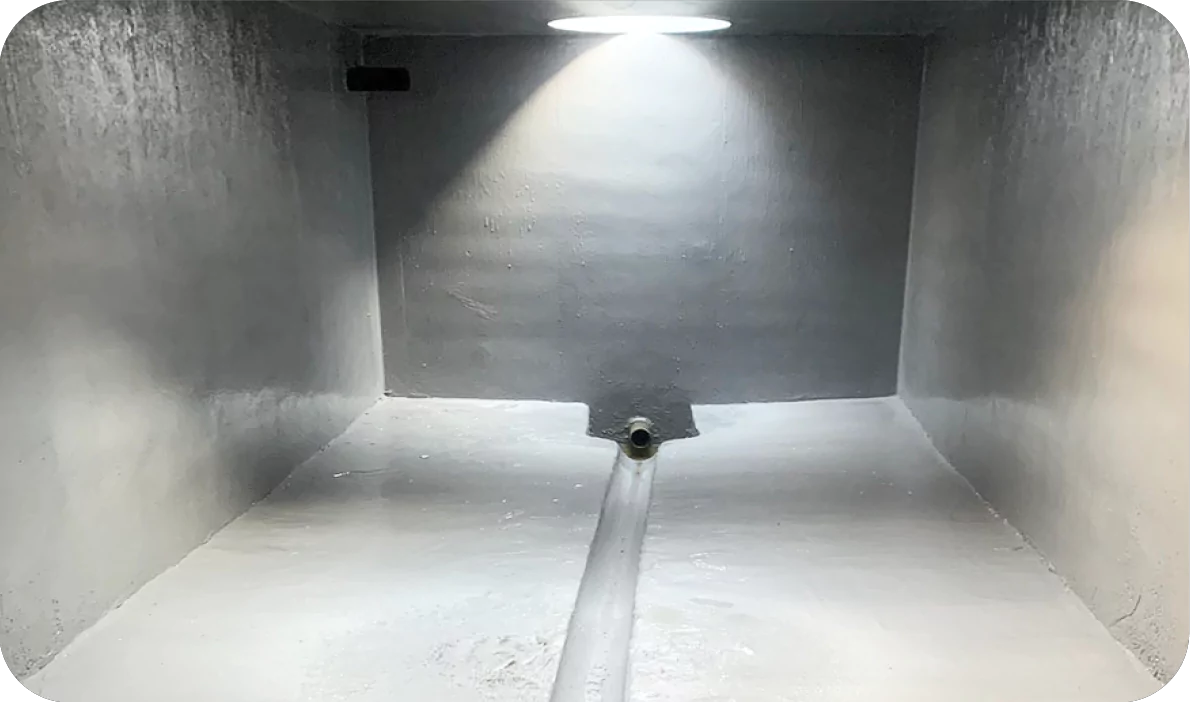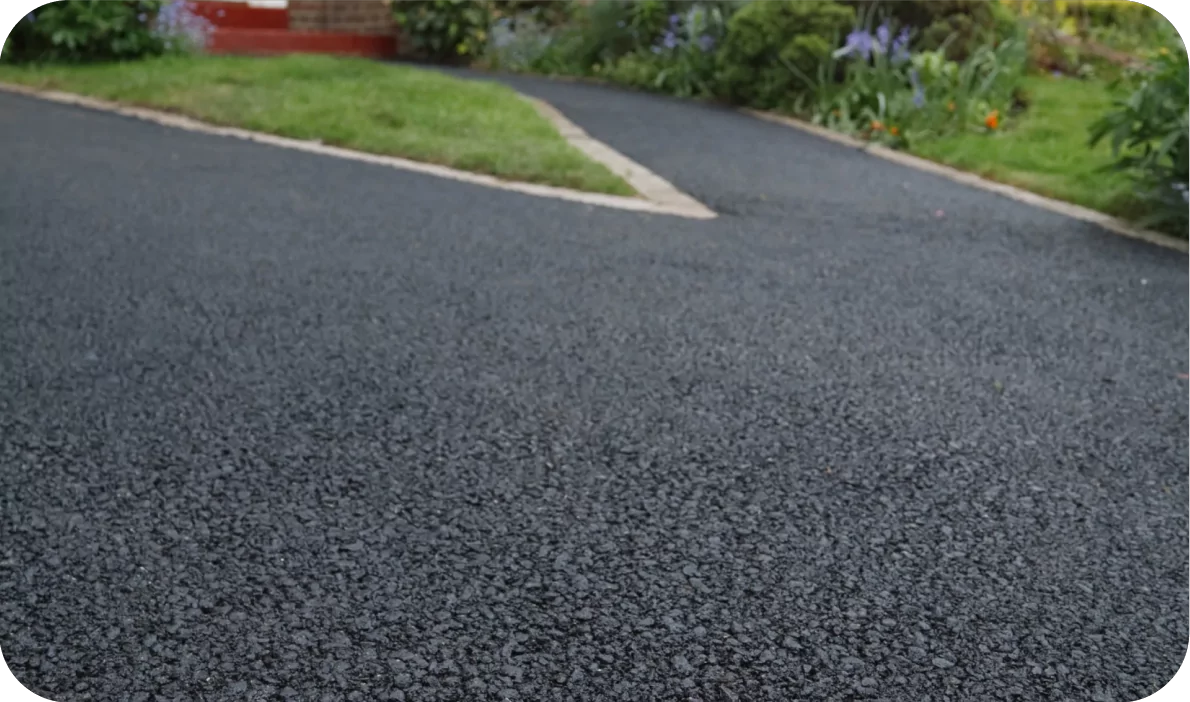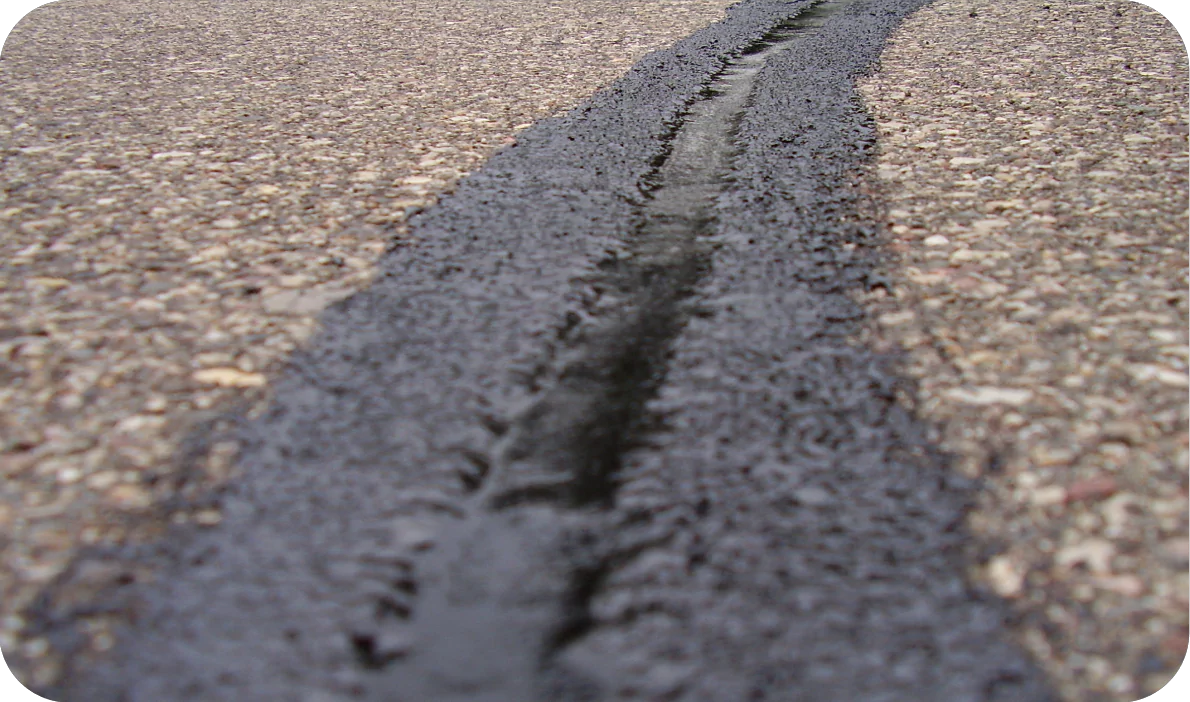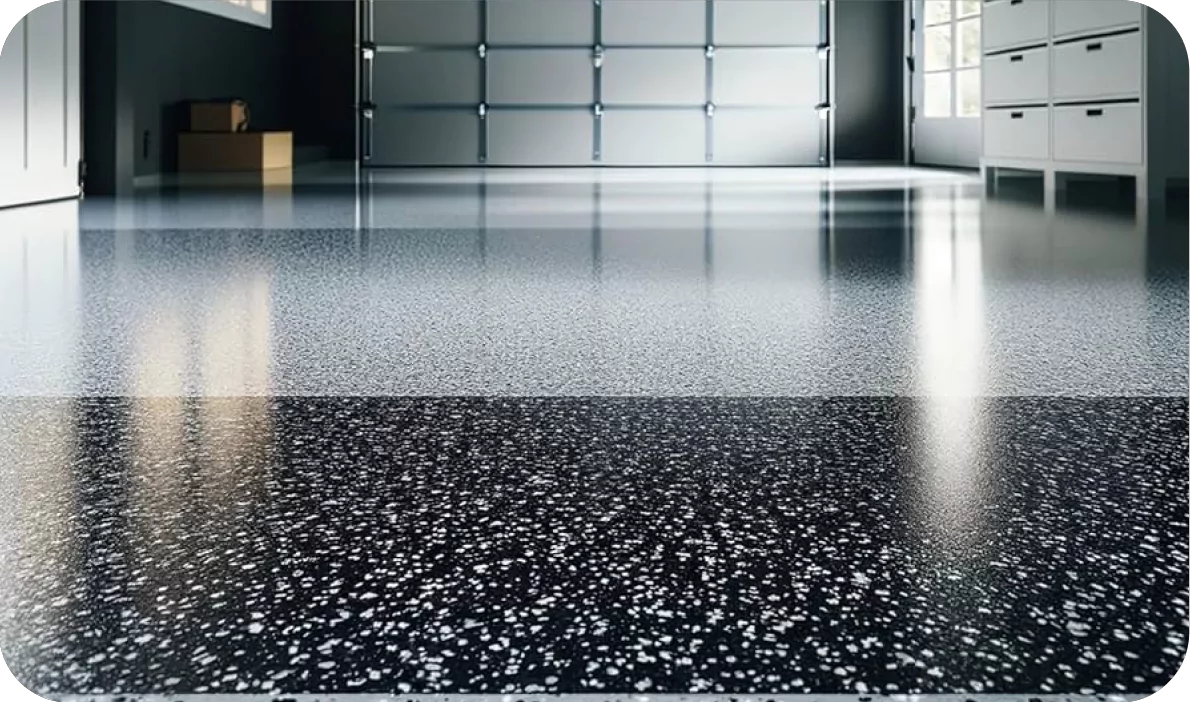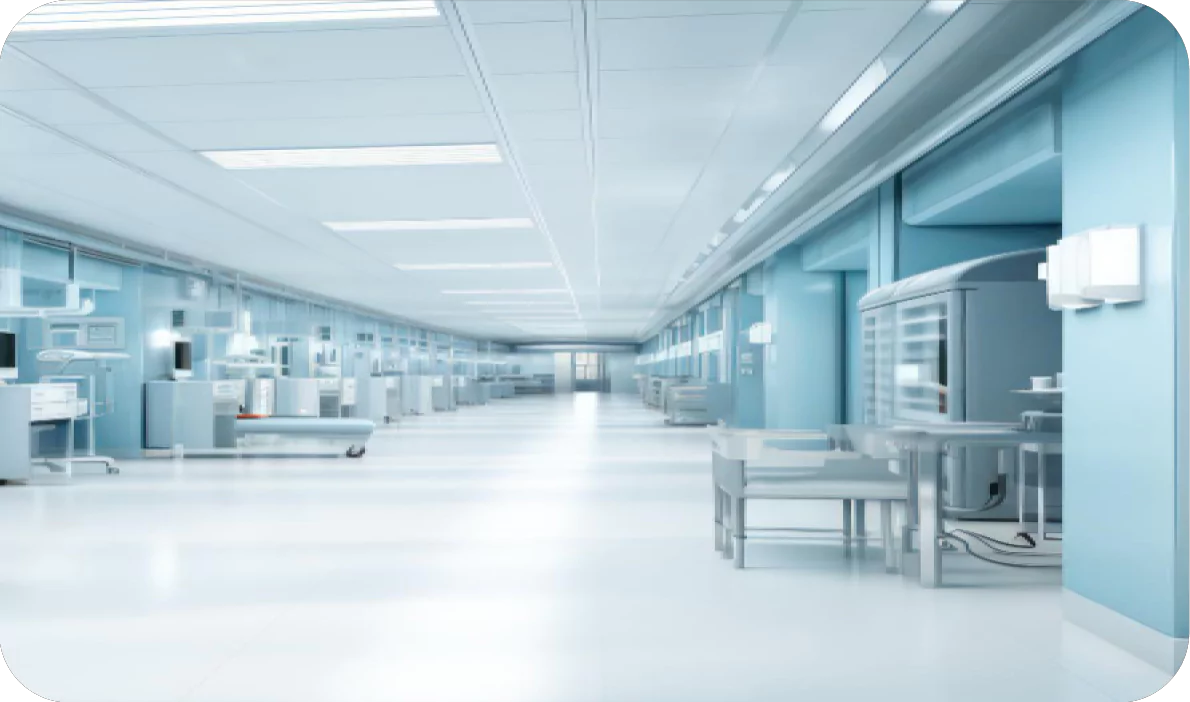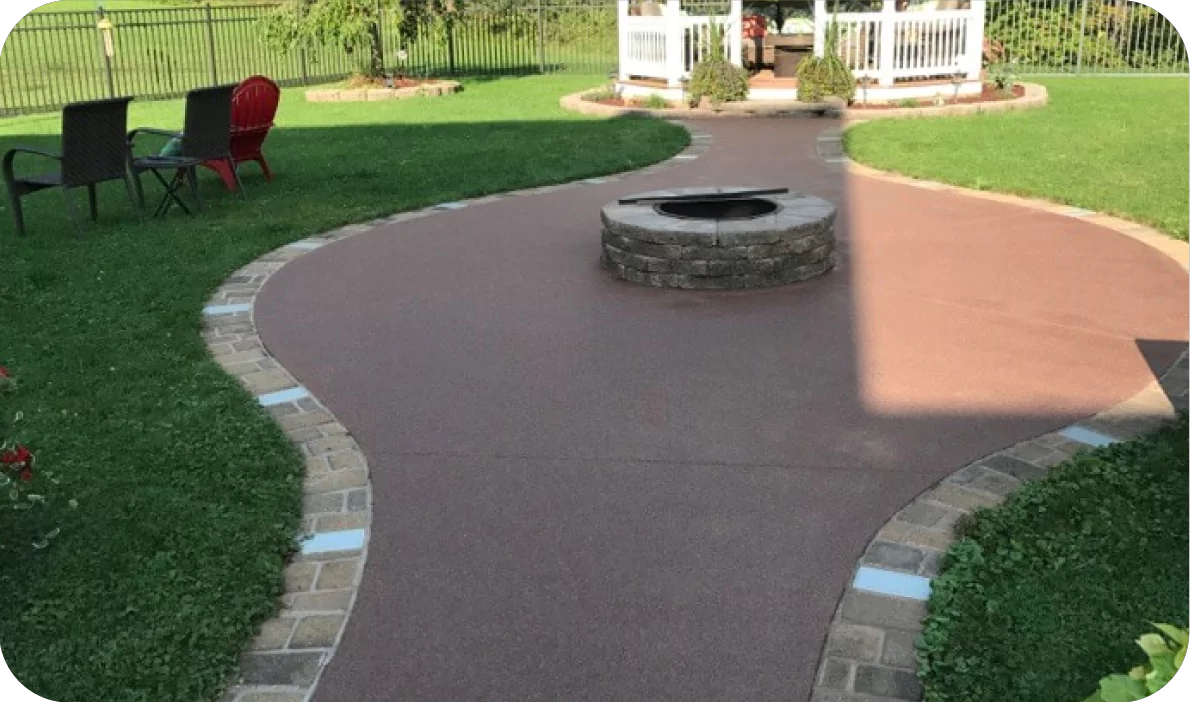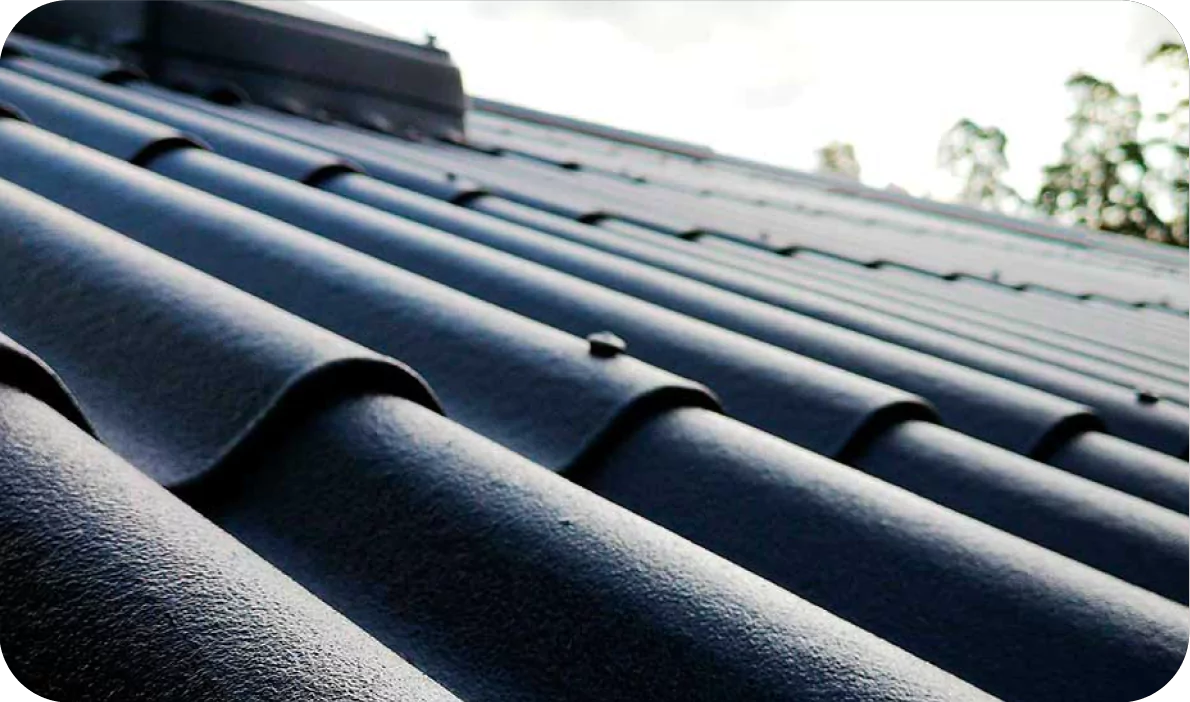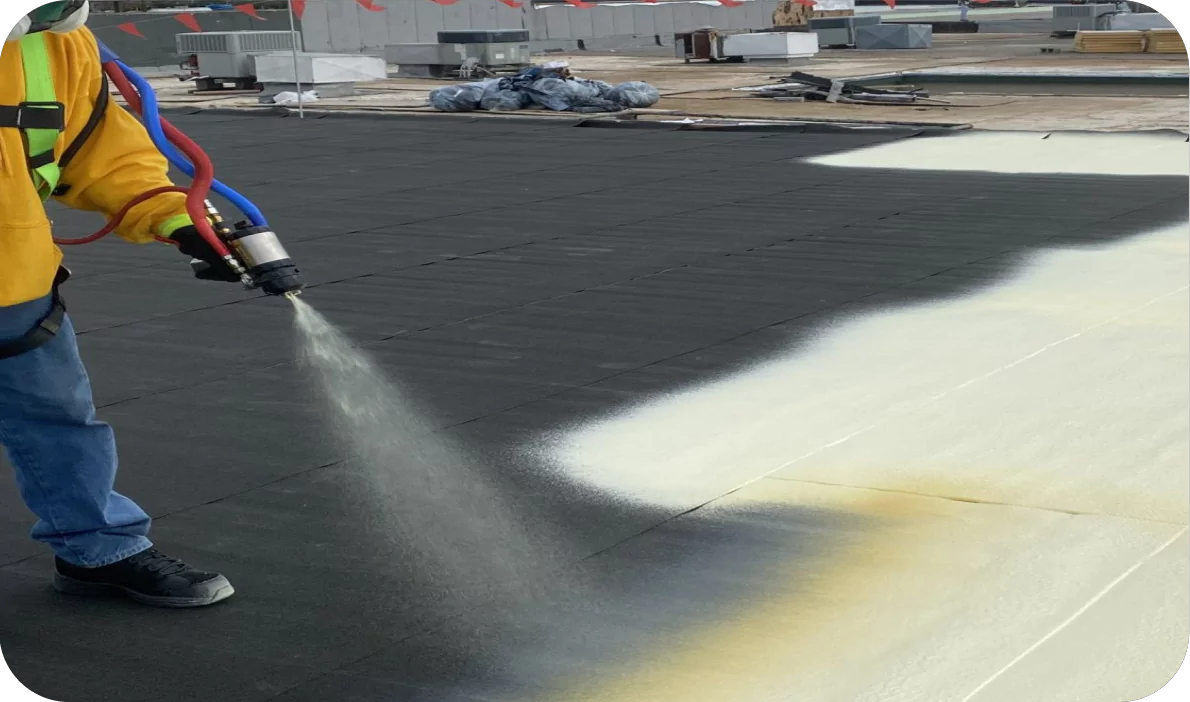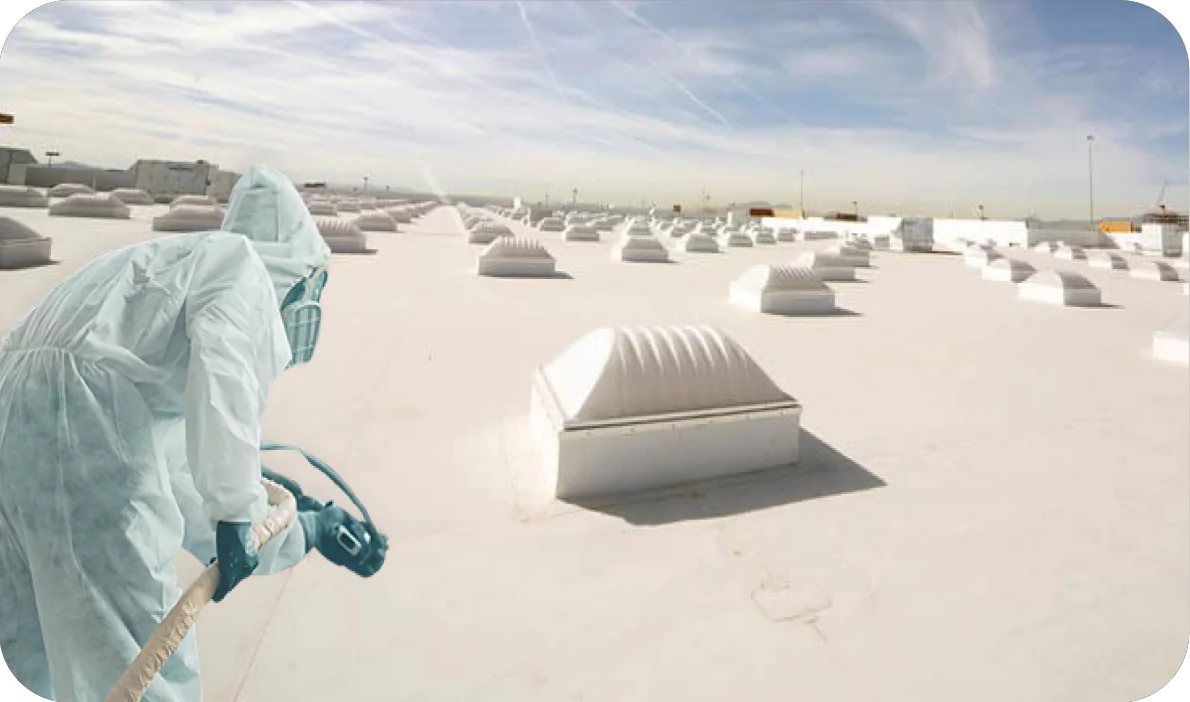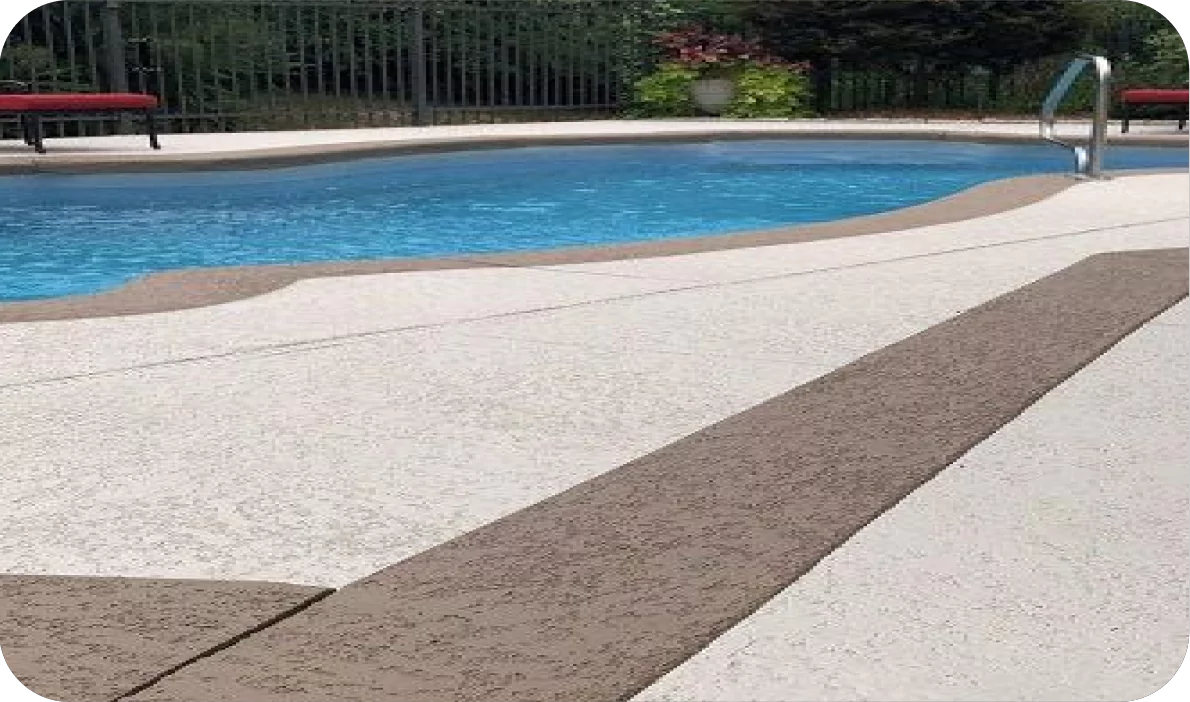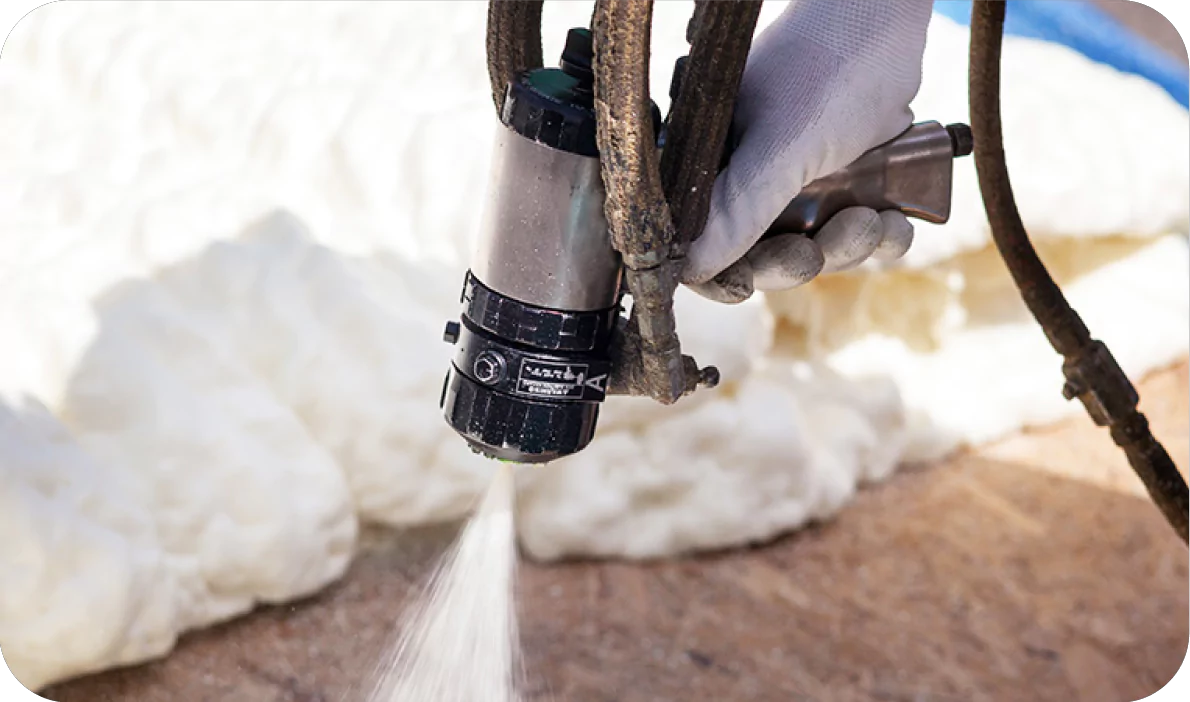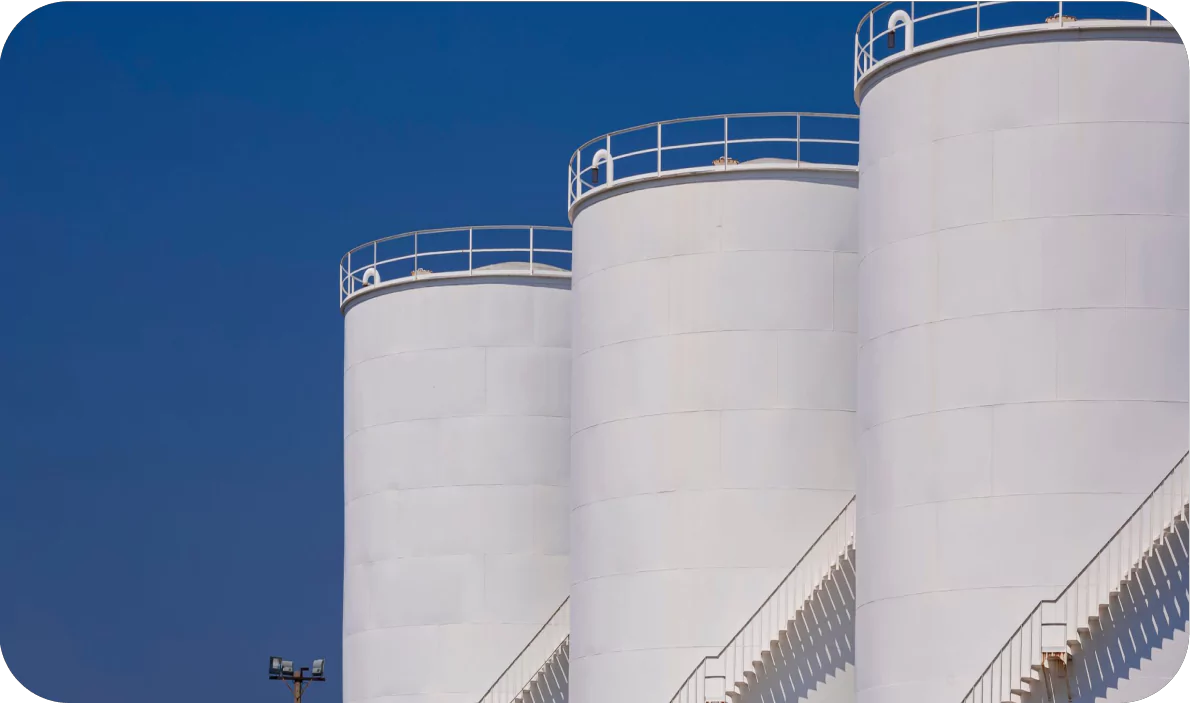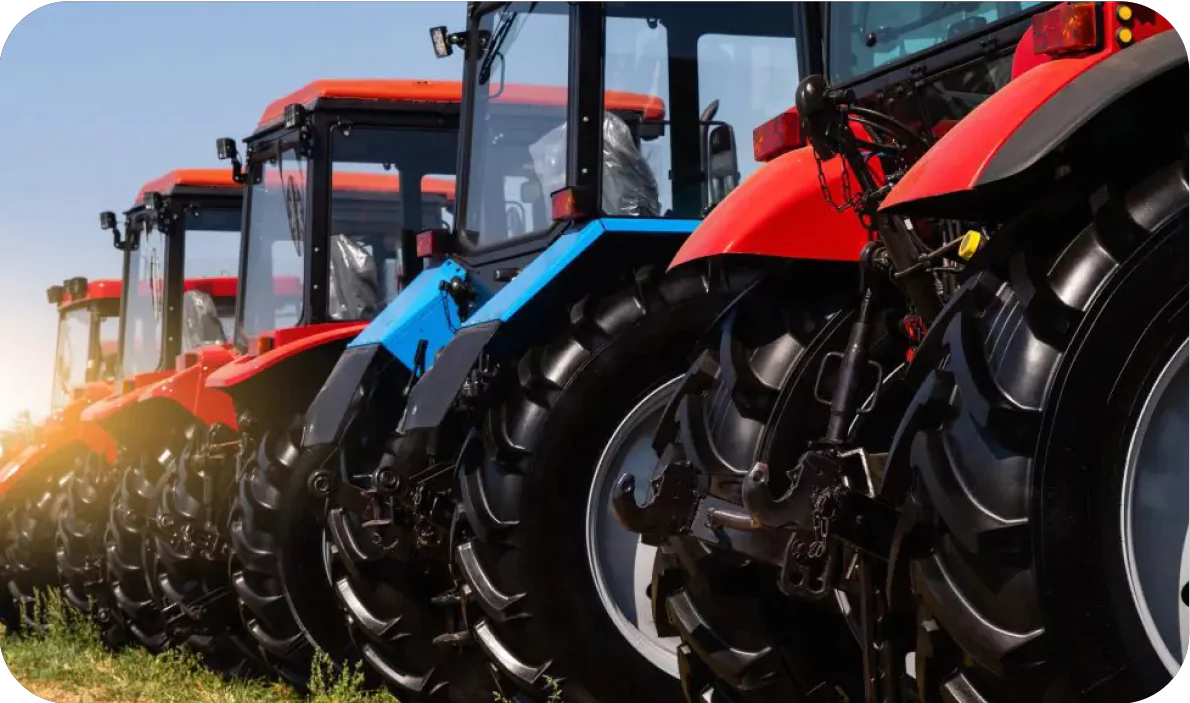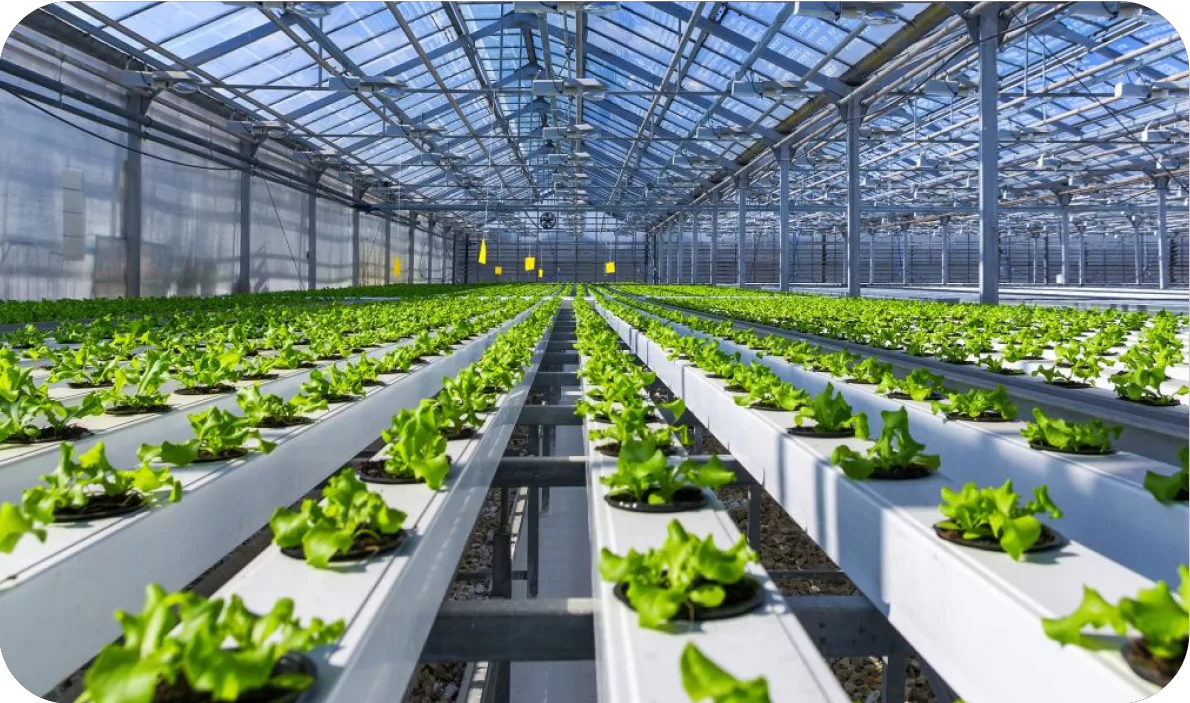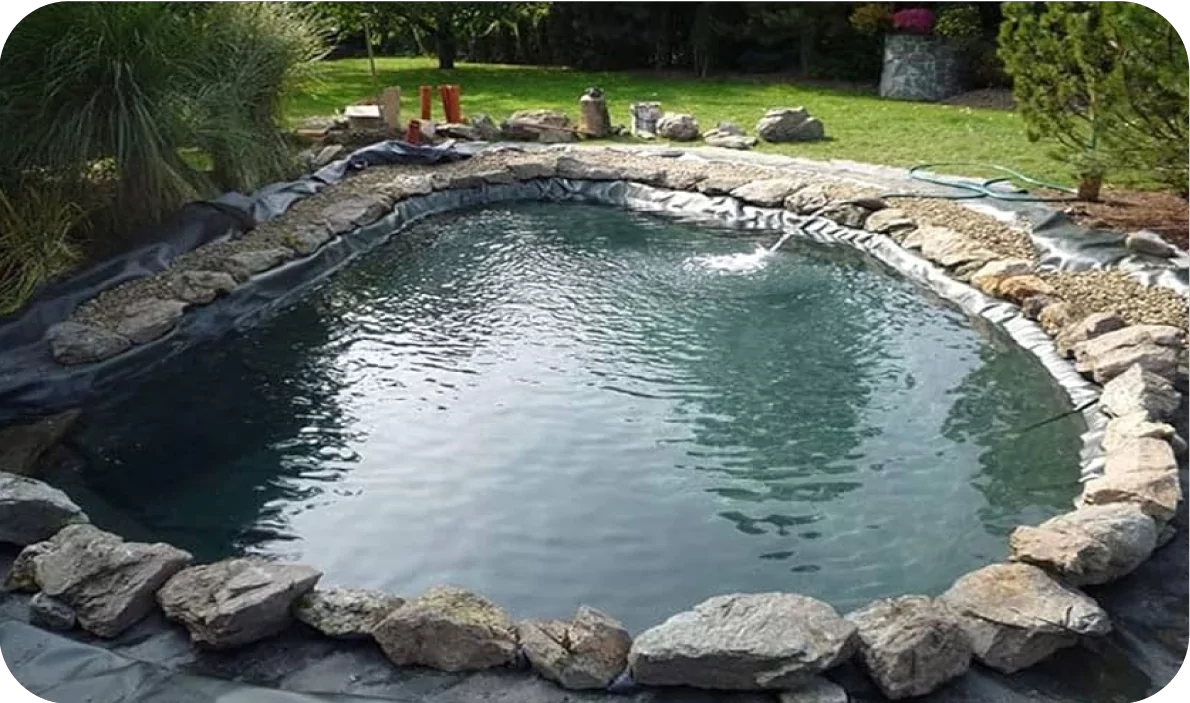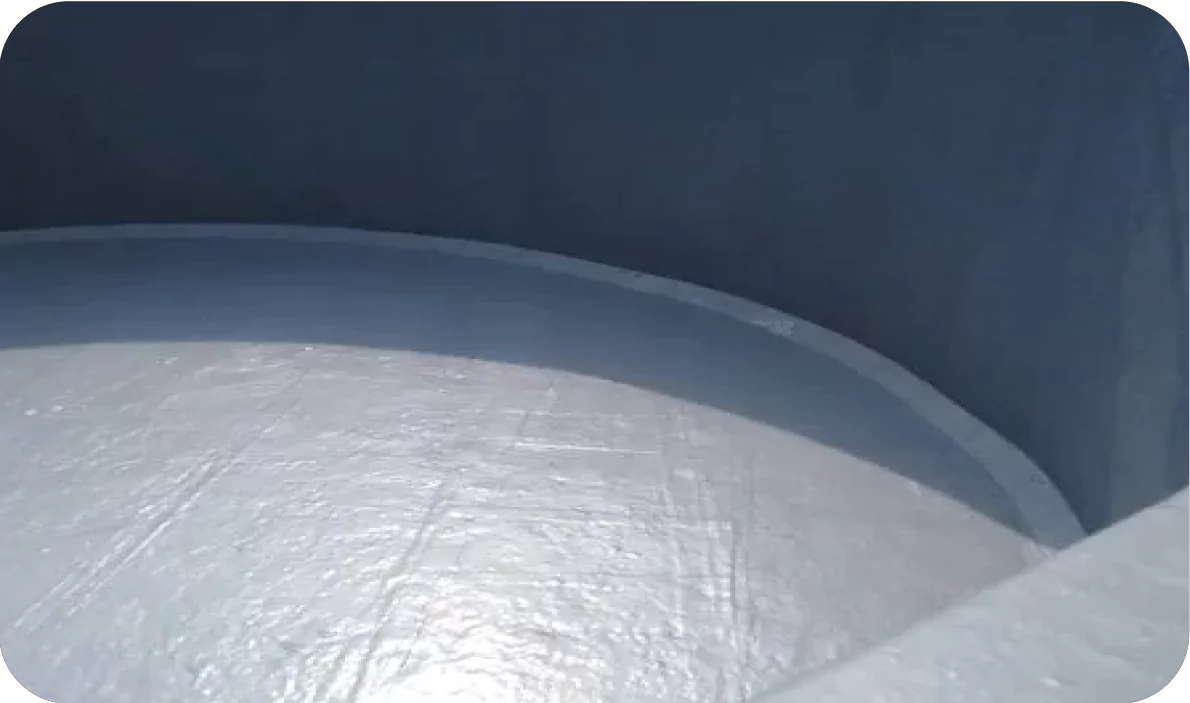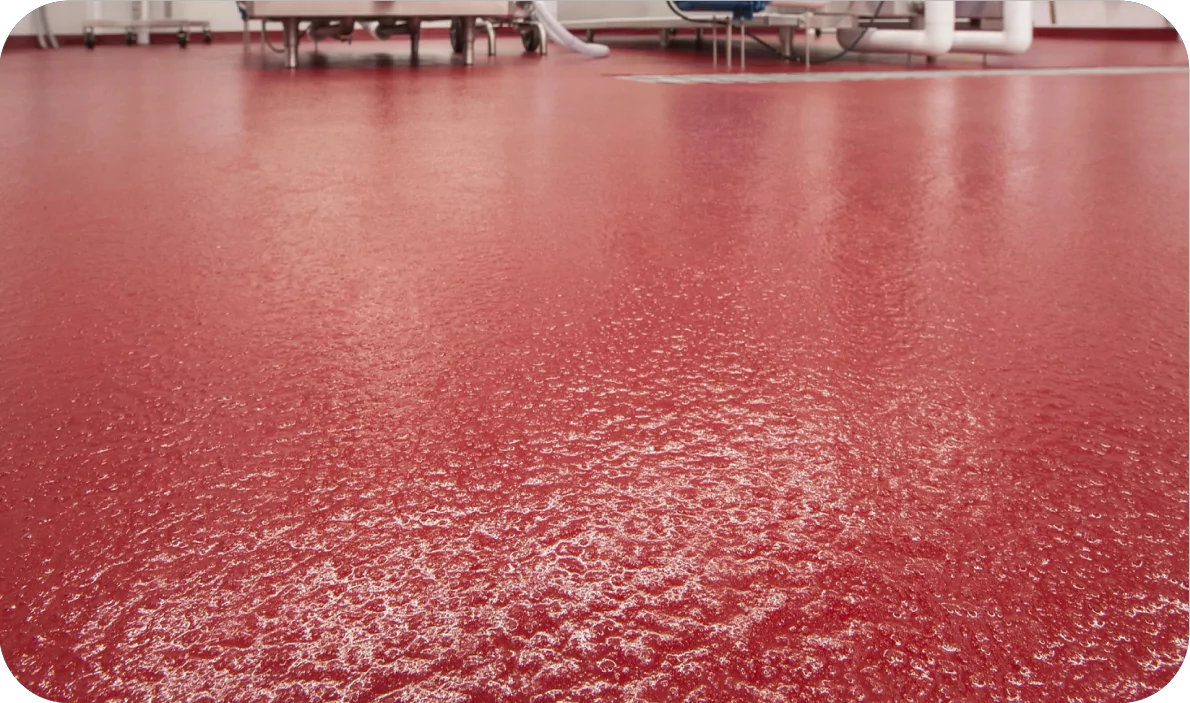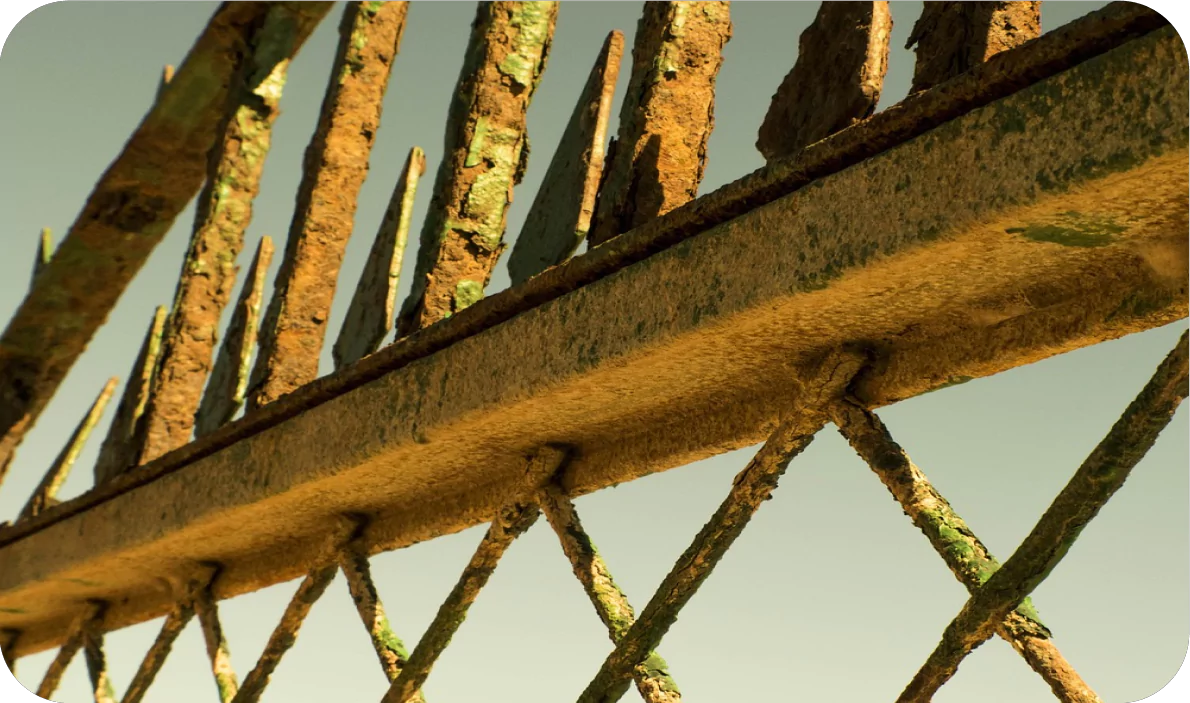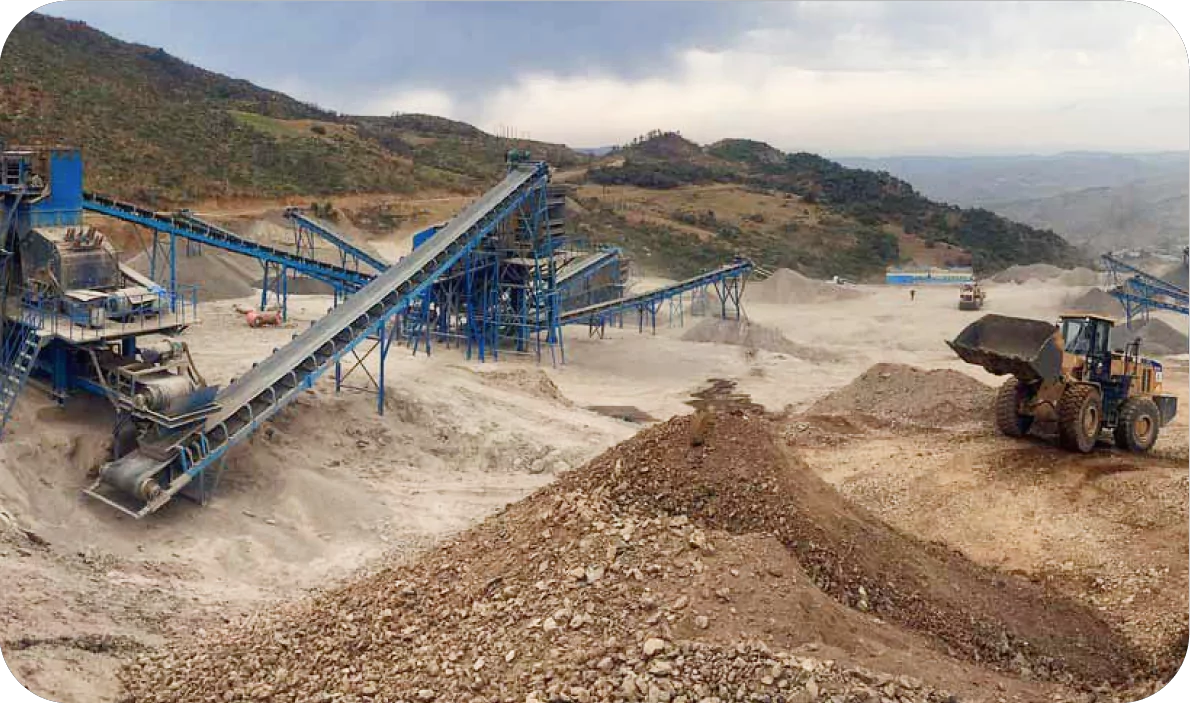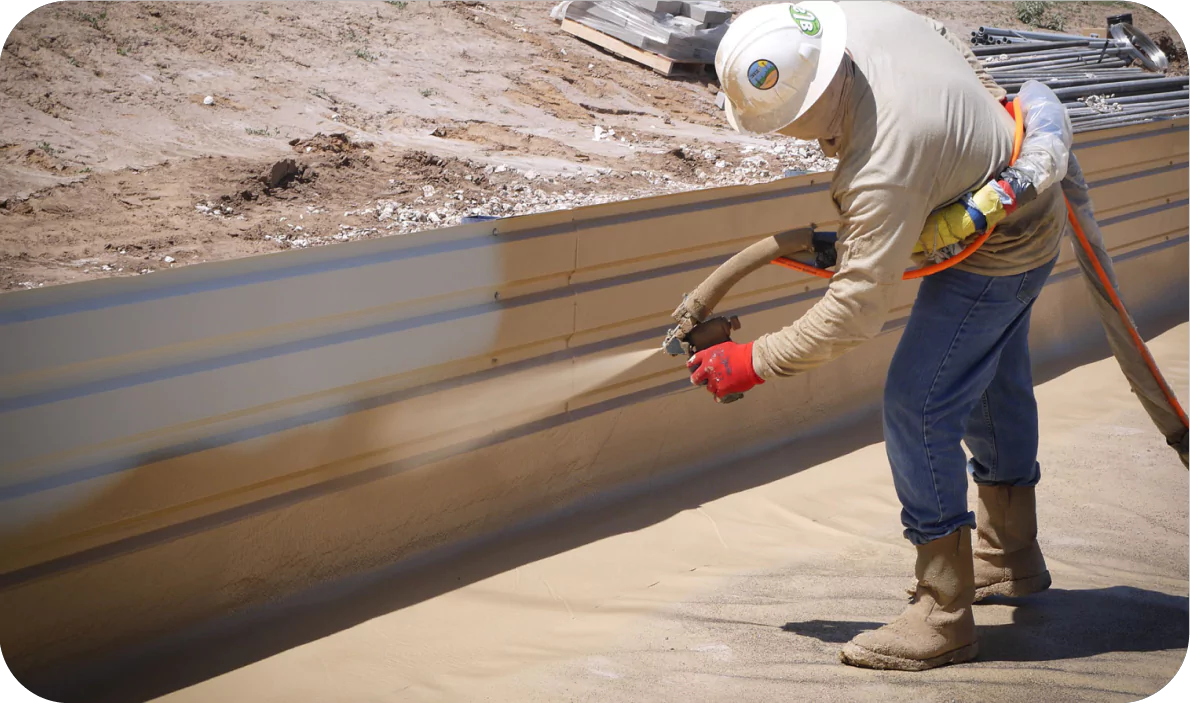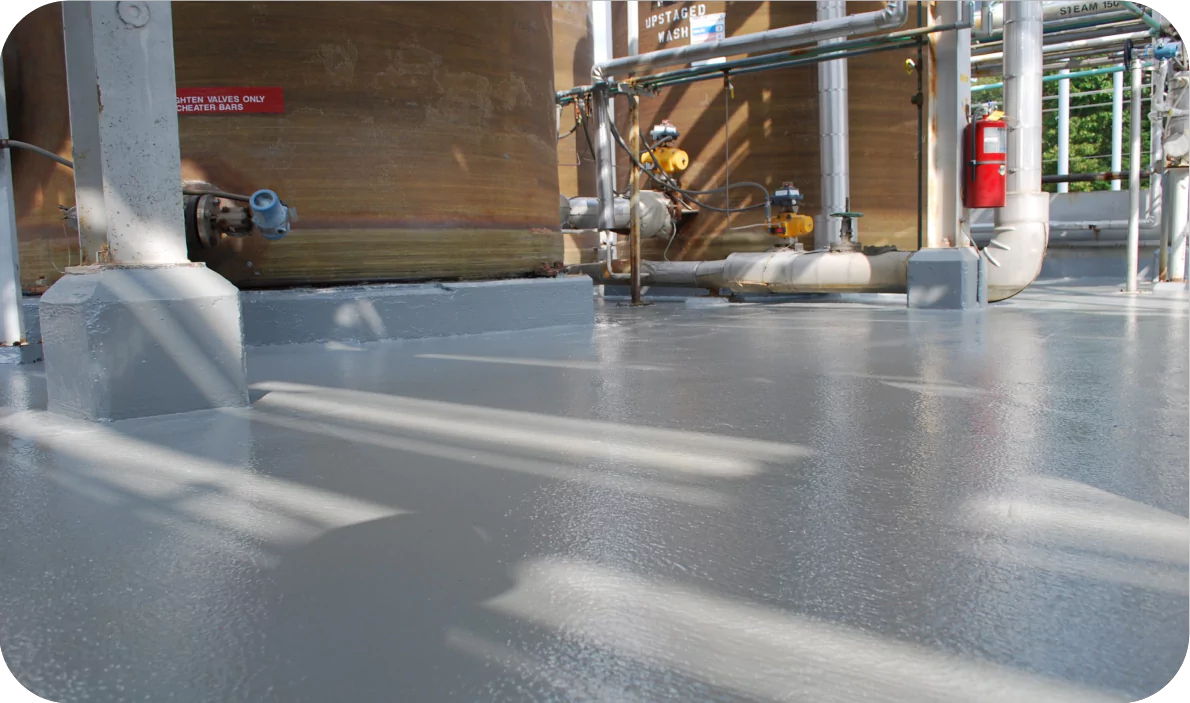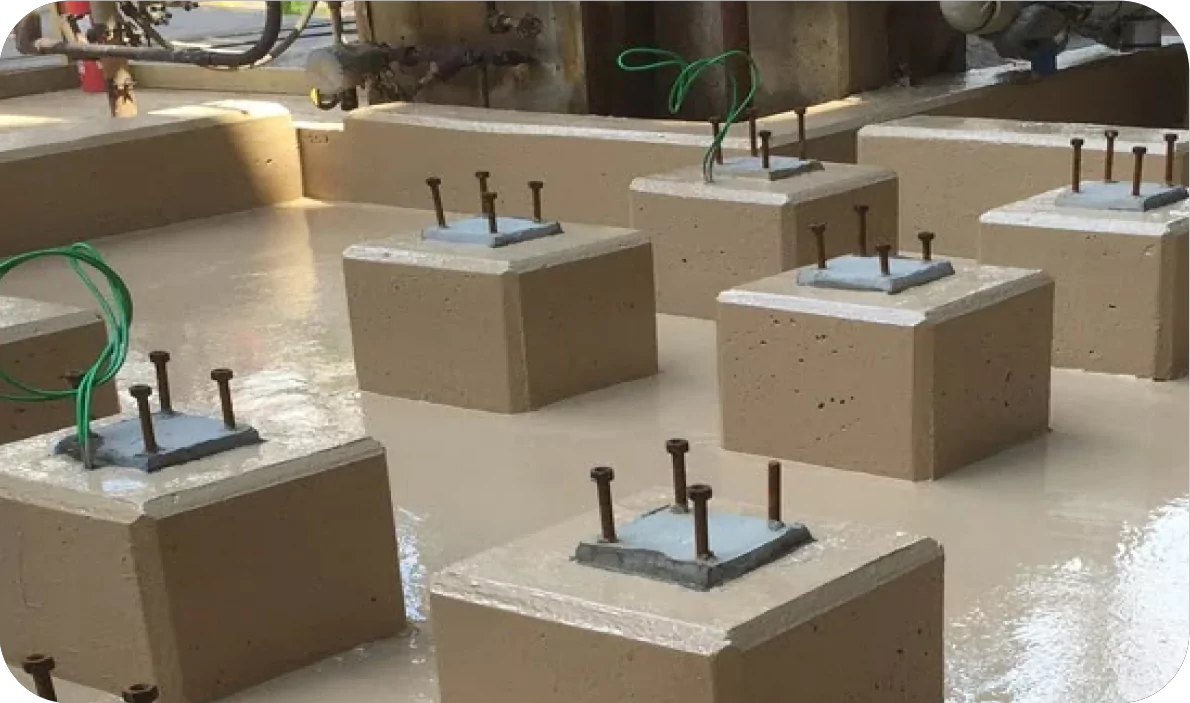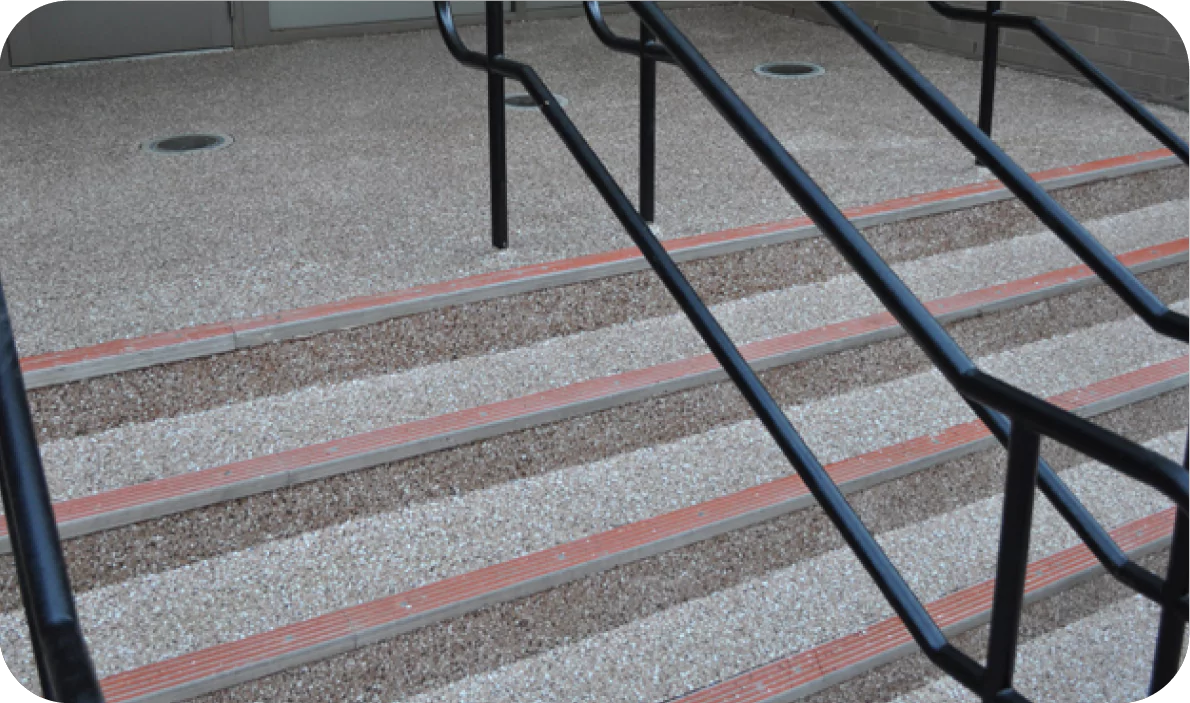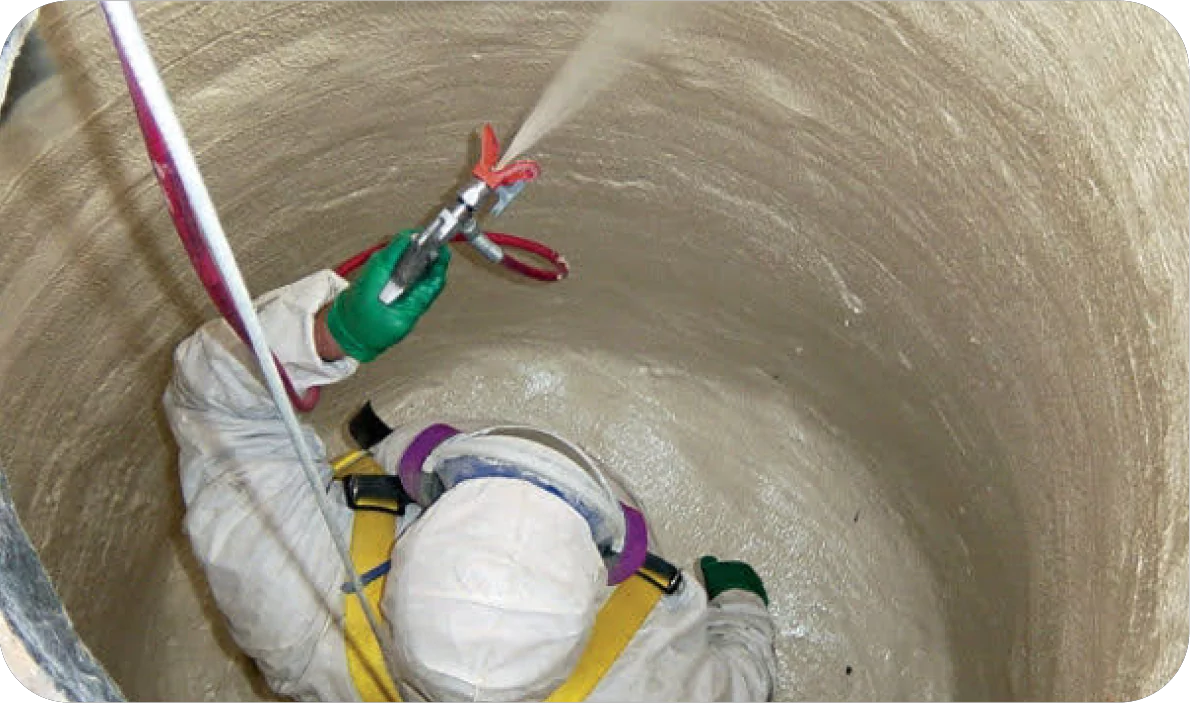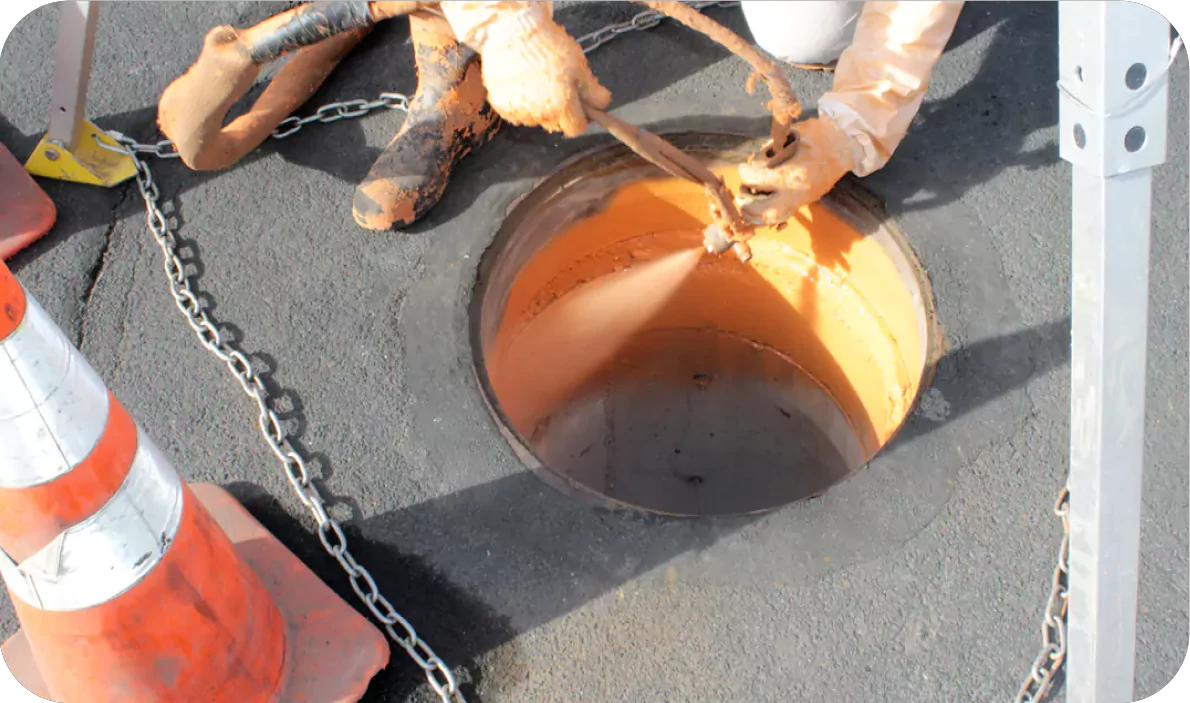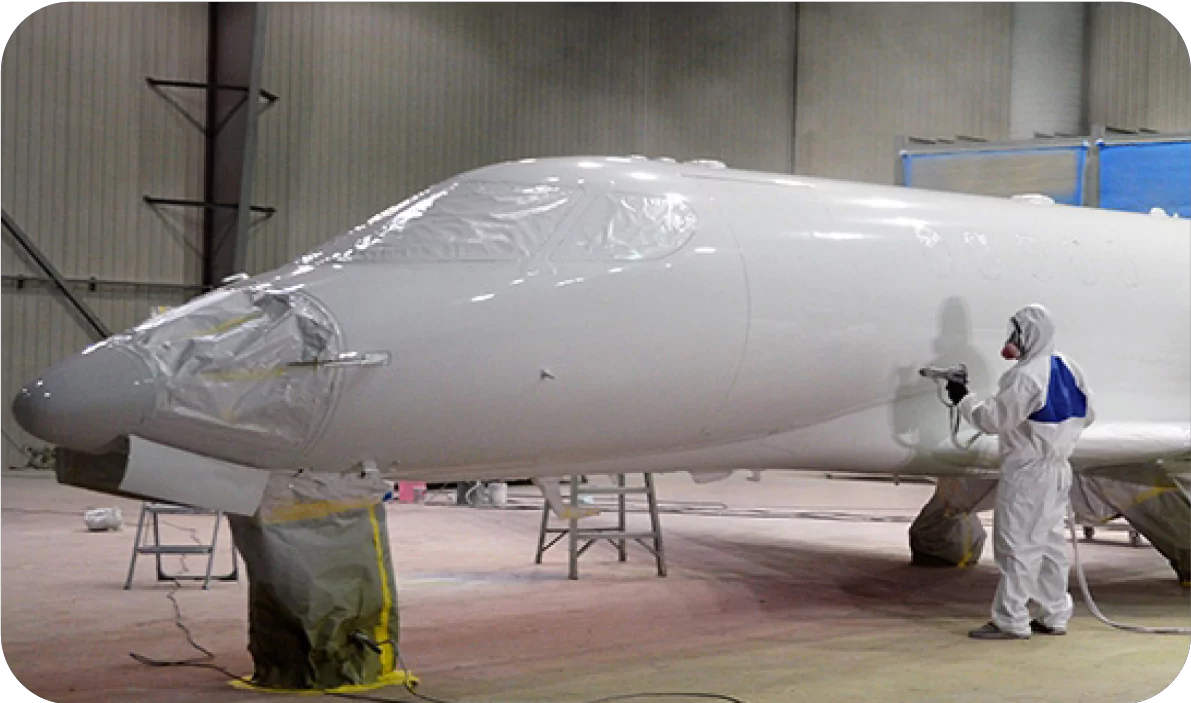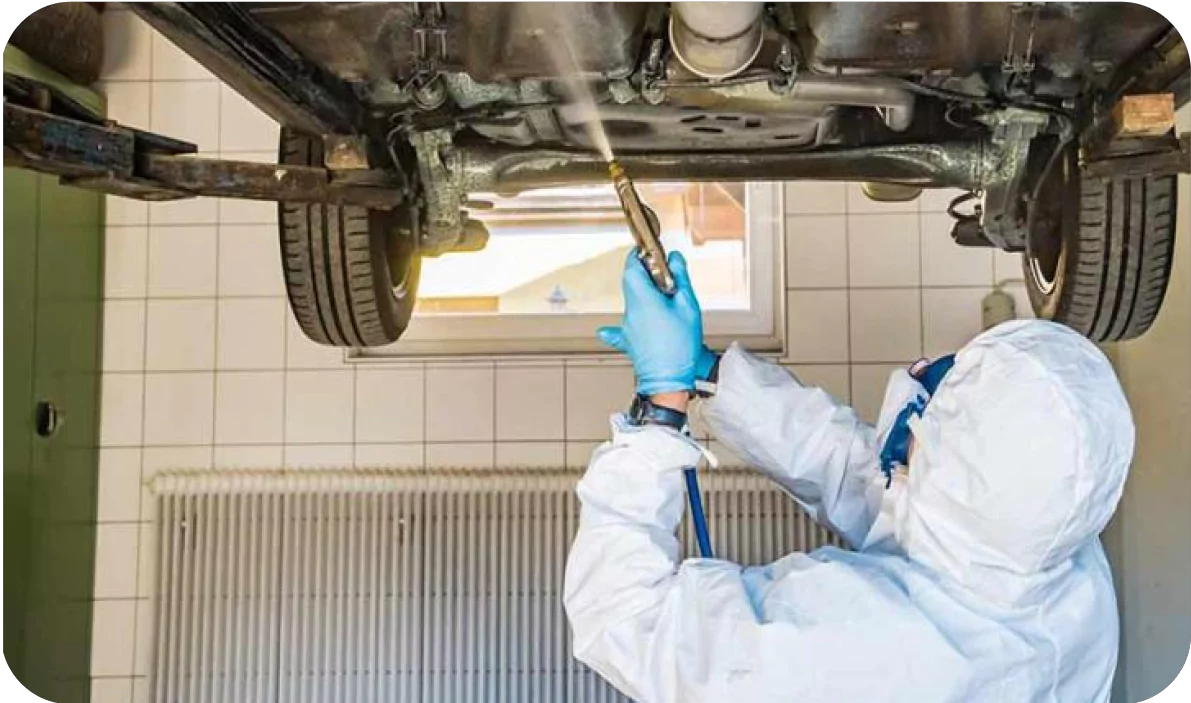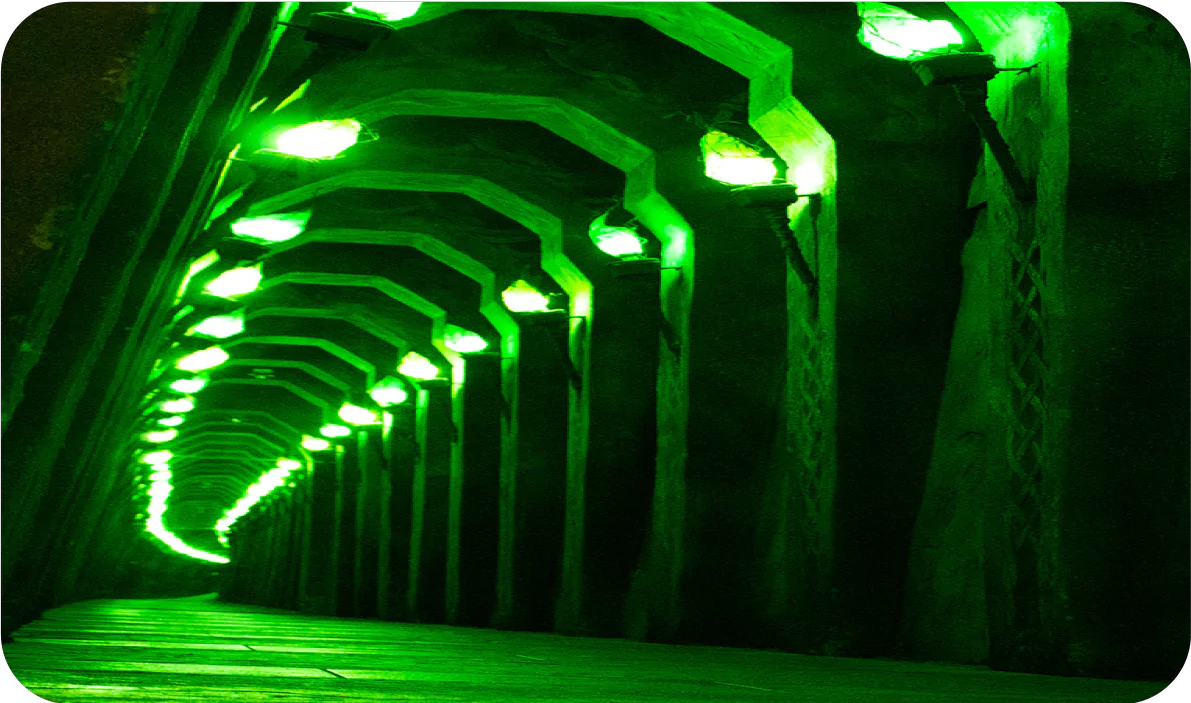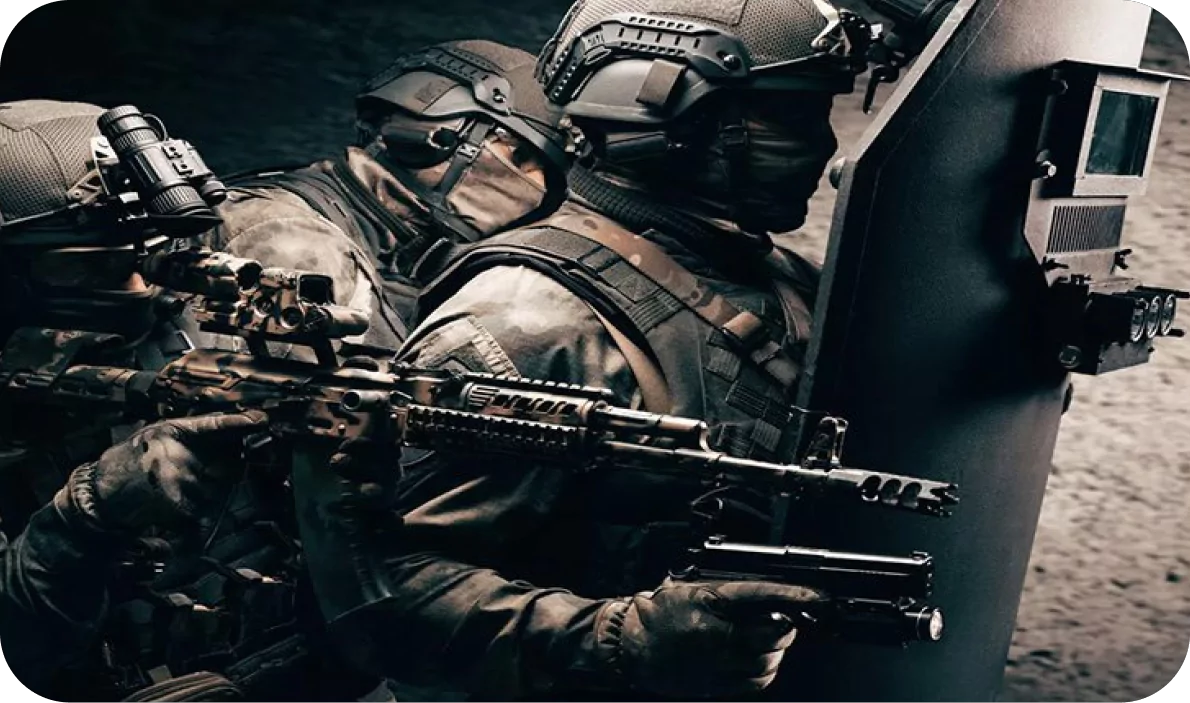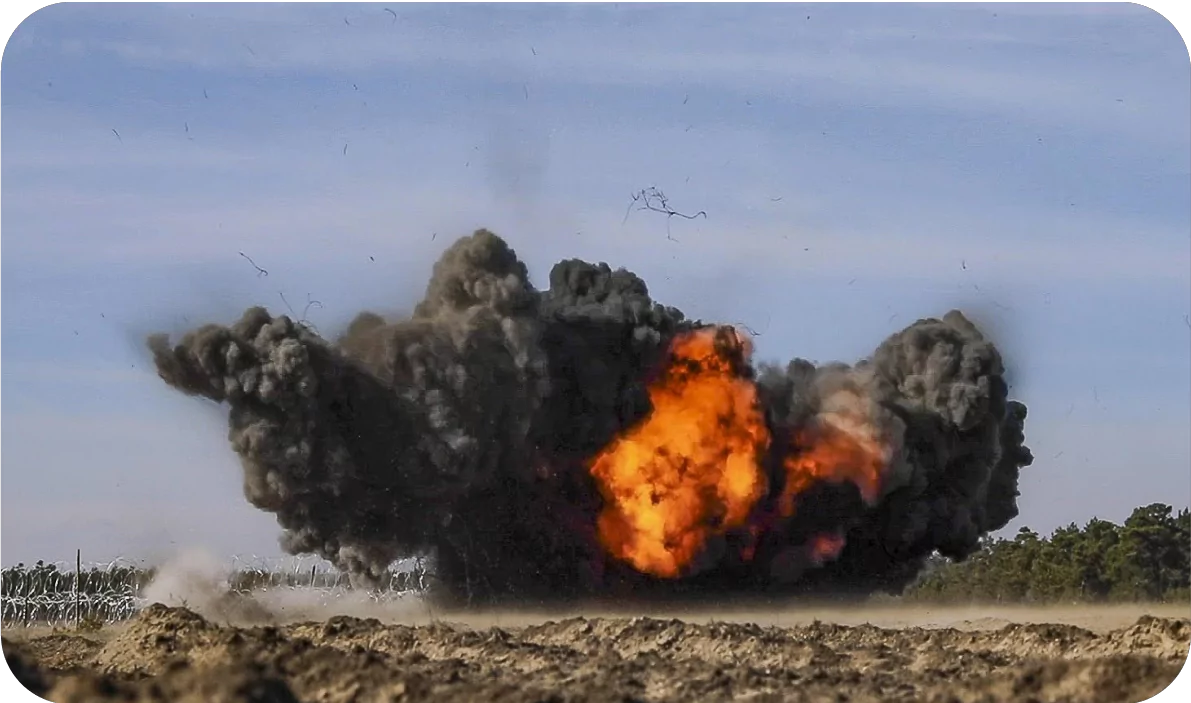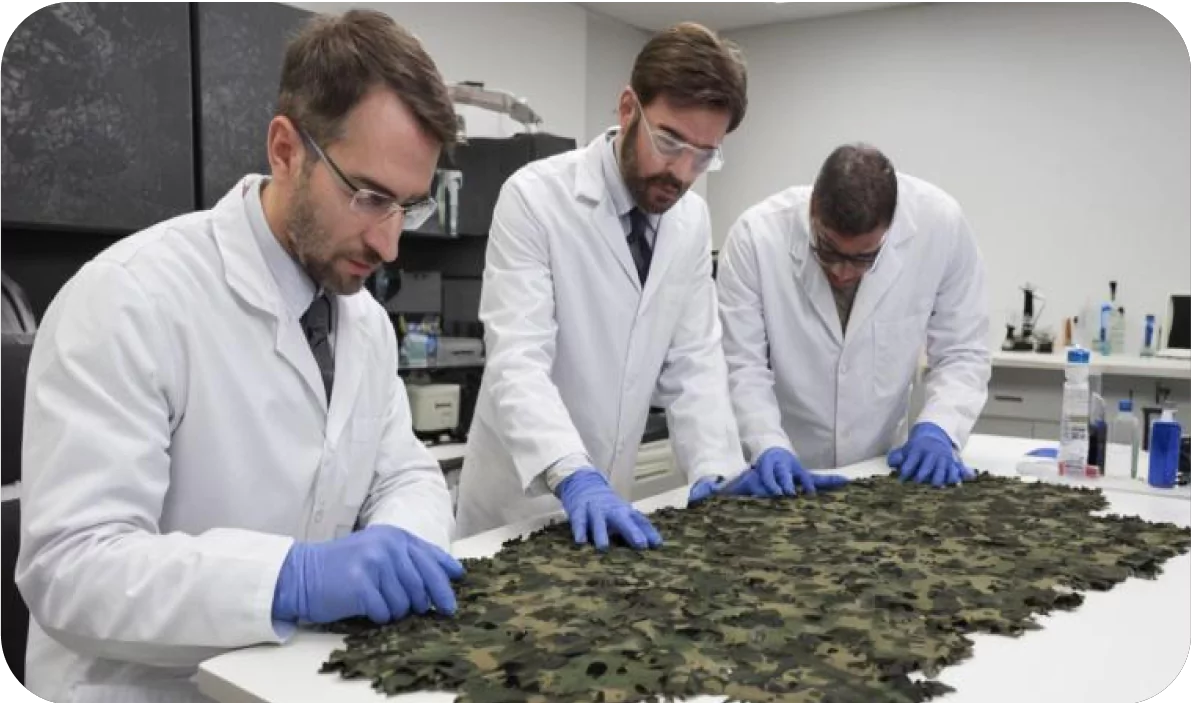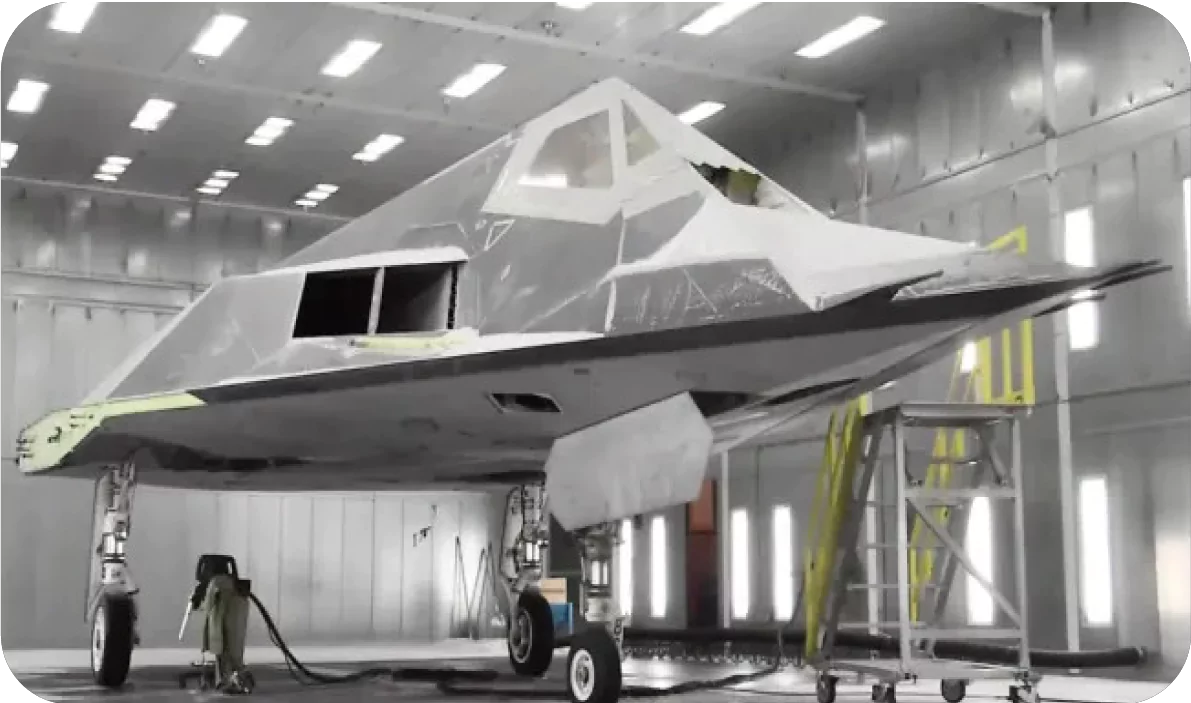CHECKLIST FOR REFINISHING COMMERCIAL AND INDUSTRIAL FLOORS
CHECKLIST FOR REFINISHING
COMMERCIAL
AND INDUSTRIAL
FLOORS
GETTING STARTED WITH YOUR
COMMERCIAL OR INDUSTRIAL FLOOR COATING PROJECT
If refinishing commercial or industrial flooring involves a coating, the first step is to understand the scope of the project. These require much more durability than the typical residential selection. The worst thing that can happen is spending money on a new floor then realizing it is not performing as expected.
Here are a few questions to get started:
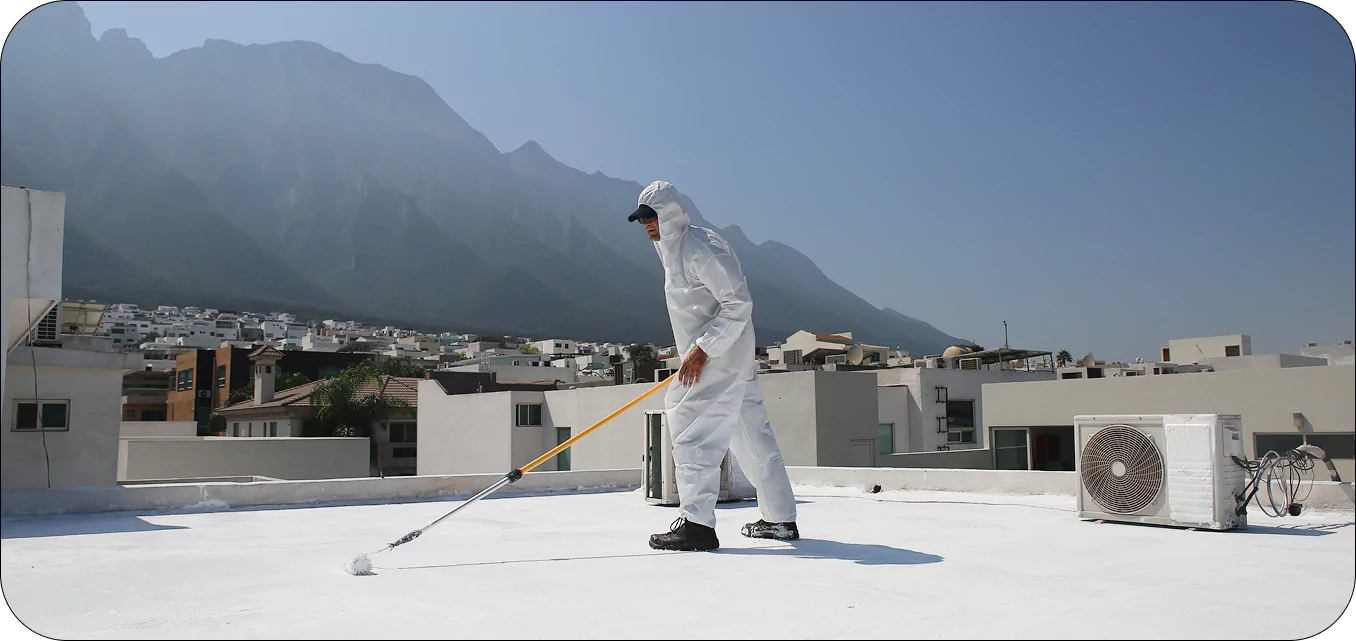
WHAT TYPE OF FLOOR IS BEING COVERED?
WHAT TYPE OF FLOOR IS
BEING COVERED?
ArmorThane coatings are a versatile and durable solution for coating both wood and concrete surfaces. However, it is crucial to understand that the preparation and polymer selection process vary depending on the type of flooring you will be coating.
For instance, when coating a concrete floor, it is essential to ensure that the surface is thoroughly cleaned and free of any dirt, dust, or debris. Additionally, any cracks or imperfections should be repaired before applying the coating to ensure a smooth and even finish.
On the other hand, when coating a wood floor, the preparation process involves sanding the surface to remove any existing finishes or coatings. It is important to note that the type of wood being coated will also play a role in the preparation process.
For instance, when coating a concrete floor, it is essential to ensure that the surface is thoroughly cleaned and free of any dirt, dust, or debris. Additionally, any cracks or imperfections should be repaired before applying the coating to ensure a smooth and even finish.
On the other hand, when coating a wood floor, the preparation process involves sanding the surface to remove any existing finishes or coatings. It is important to note that the type of wood being coated will also play a role in the preparation process.
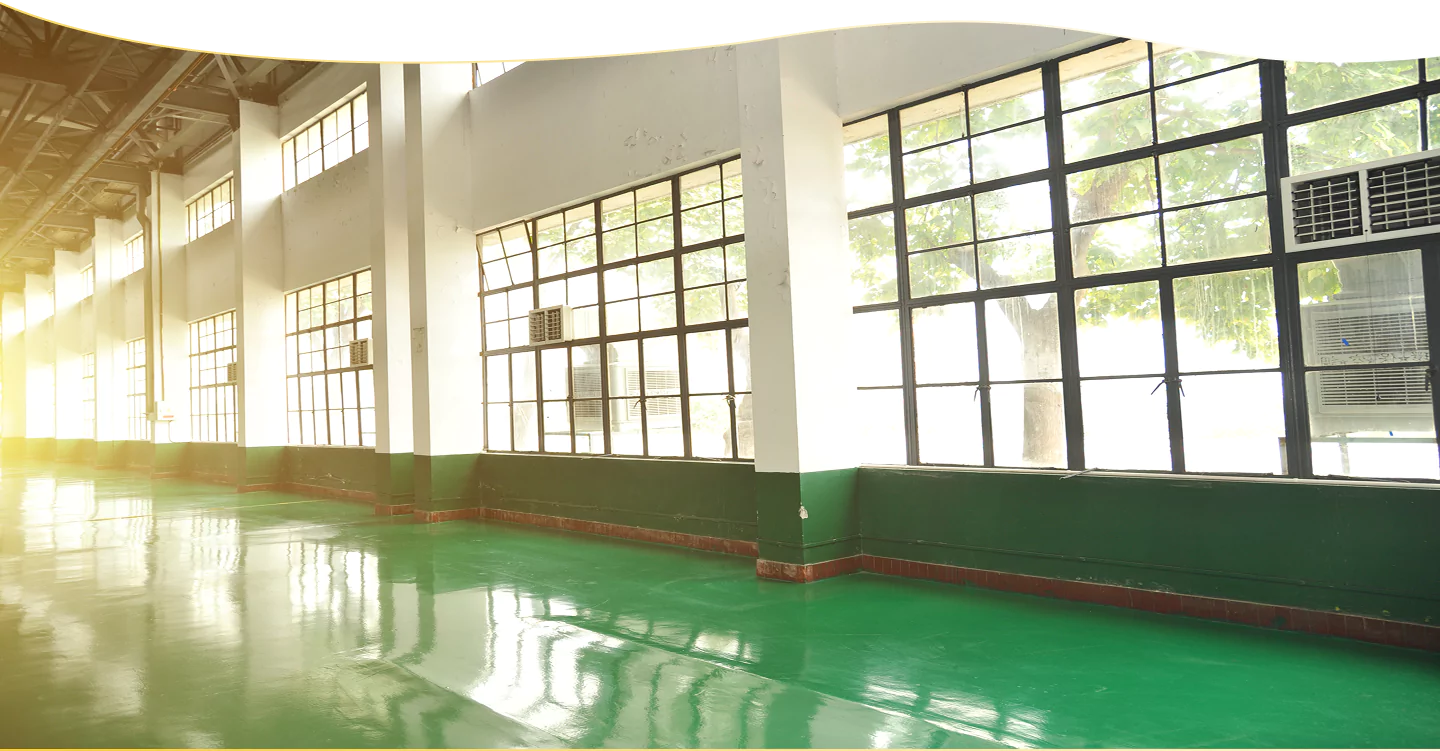
Furthermore, the polymer selection process for each flooring type also differs. For instance, ArmorThane coatings for concrete floors are specially formulated to provide a high level of protection against abrasion, impact, and chemical exposure. In contrast, coatings for wood floors are designed to enhance the natural beauty of the wood while providing a durable and long-lasting finish.
In summary, identifying the type of floor you will be coating is essential in determining the appropriate preparation and application process. Whether it is concrete, wood, tile, or metal, ArmorThane coatings provide a reliable and effective solution for protecting and enhancing the surface.
In summary, identifying the type of floor you will be coating is essential in determining the appropriate preparation and application process. Whether it is concrete, wood, tile, or metal, ArmorThane coatings provide a reliable and effective solution for protecting and enhancing the surface.
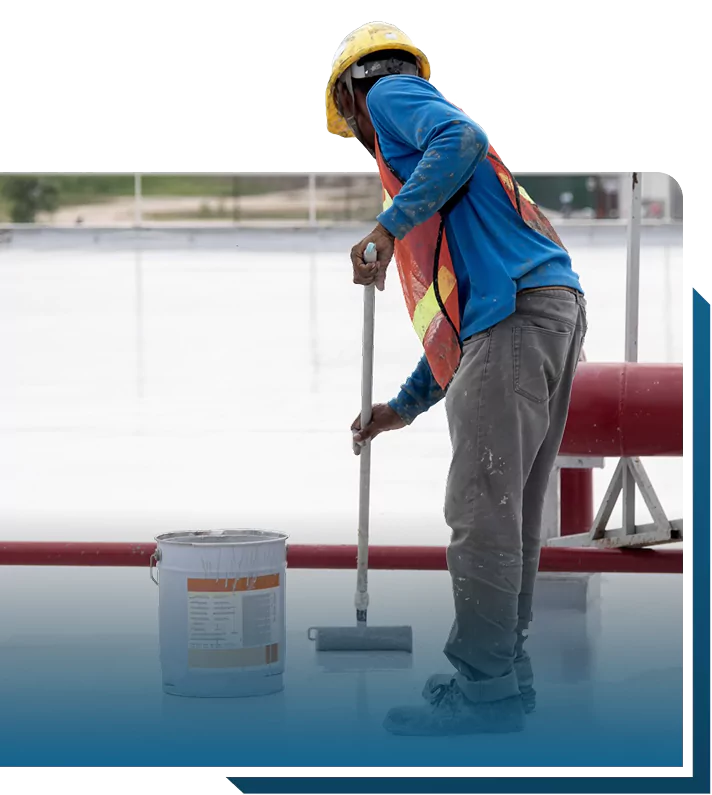
WHAT IS THE CONDITION
OF THE FLOOR??
Installing new floors requires careful preparation to ensure that the new surface is smooth and even. One important consideration is the condition of the old floor. If the old floor is deteriorating, then crack repair and sanding may be necessary to create a smooth surface that prevents further damage. This is particularly important if the new floor is made of a material that is sensitive to imperfections, such as hardwood or tile.
On the other hand, if the old surface is too smooth, then it may be necessary to roughen it up a bit to achieve maximum bonding between the old and new surfaces. This is especially important if the new floor is a material that requires a strong bond, such as epoxy or concrete.
In summary, the preparation required for new floors depends on the condition of the old floor. If the old floor is deteriorating, then crack repair and sanding may be necessary. If the old surface is too smooth, then roughening may be required. By taking the time to properly prepare the surface, you can ensure that your new floor will be durable, attractive, and long-lasting.
On the other hand, if the old surface is too smooth, then it may be necessary to roughen it up a bit to achieve maximum bonding between the old and new surfaces. This is especially important if the new floor is a material that requires a strong bond, such as epoxy or concrete.
In summary, the preparation required for new floors depends on the condition of the old floor. If the old floor is deteriorating, then crack repair and sanding may be necessary. If the old surface is too smooth, then roughening may be required. By taking the time to properly prepare the surface, you can ensure that your new floor will be durable, attractive, and long-lasting.
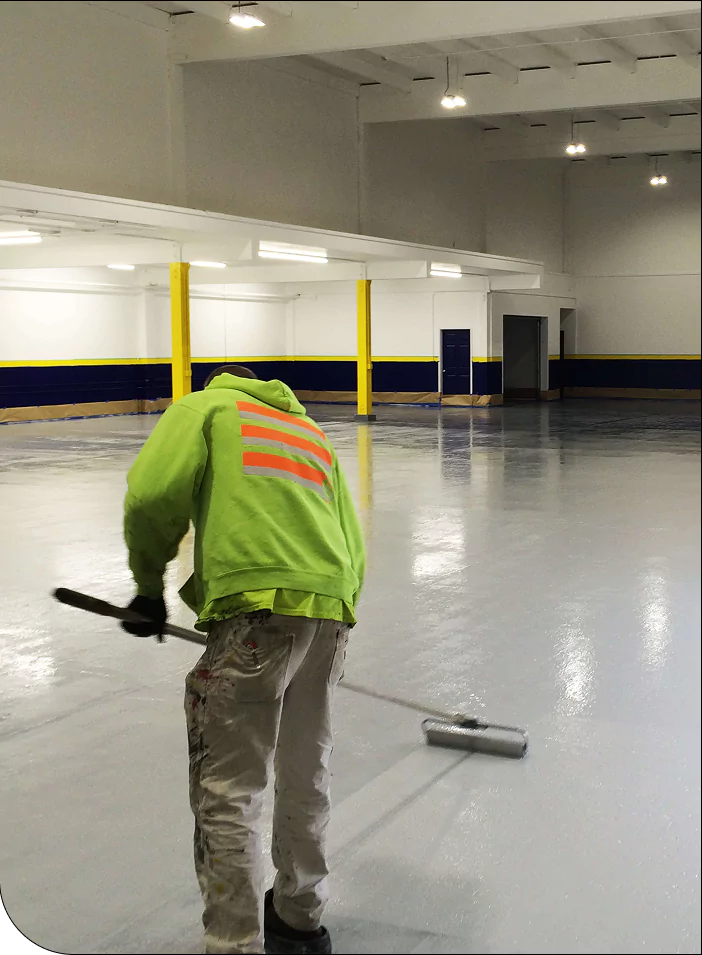
WHAT PERFORMANCE CHARACTERISTICS
ARE REQUIRED FOR THE FLOOR?
WHAT PERFORMANCE CHARACTERISTICS ARE REQUIRED FOR THE FLOOR?
- Resists denting and scratching even in high-wear areas
- Color - is the desired visual effect best reached with a solid color or a design?
- UV stability - does the application involve outdoor wear in intense direct sunlight?
- Chemical resistance - beyond the typical cleaning procedures, will the floor be in contact with chemicals such as oil, gasoline, acids or extra harsh cleaning materials?
- Waterproof - will water from spills or cleaning with a hose need to be blocked from leaking through the floor or leaching into the walls? Are health risks a concern?
- Cleanliness - is a smooth area important for maximum cleaning such as a medical or food facility or is a rough surface better to protect against slipping or something in between?
- Anti-slip or skid resistnce - do you need to protect foot traffic from slip-and-fall injuries? Is skidding of equipment or containers a danger or necessity?
- Temperature stability - is the floor subjected to extreme climate changes – hot and cold – that may crack or buckle if not coated with a flexible material that expands and contracts without cracking?
- Dent and scratch resistance - does the surface endure scooting of equipment, containers, etc. that eventually turns an attractive floor into a scarred mess?
- Vibration - is the ground stable or subjected to equipment or traffic vibrations that can cause fine cracks or faster wear?
- Cure Time - how much downtime can be allowed to let the coating cure?
- Spraying conditions - can the floor be sprayed in temperate climate and low humidity or is a high humidity spray required?
CHOOSING
THE RIGHT COATING
Rest assured that ArmorThane has the expertise and products to overcome these issues. The key is to know the parameter before getting started. We have pure and hybrid polyurea and polyurethane, as well as prep materials, primers and top coats.
Industrial areas, even old concrete manufacturing floors, can be both attractive and highly functional with the right concrete sealer. Damaged floors are easily repaired and given a whole new look. Even better, coatings give both new and repaired floors years of permanent protection against excessive wear, plus offer many additional product benefits.
Industrial areas, even old concrete manufacturing floors, can be both attractive and highly functional with the right concrete sealer. Damaged floors are easily repaired and given a whole new look. Even better, coatings give both new and repaired floors years of permanent protection against excessive wear, plus offer many additional product benefits.
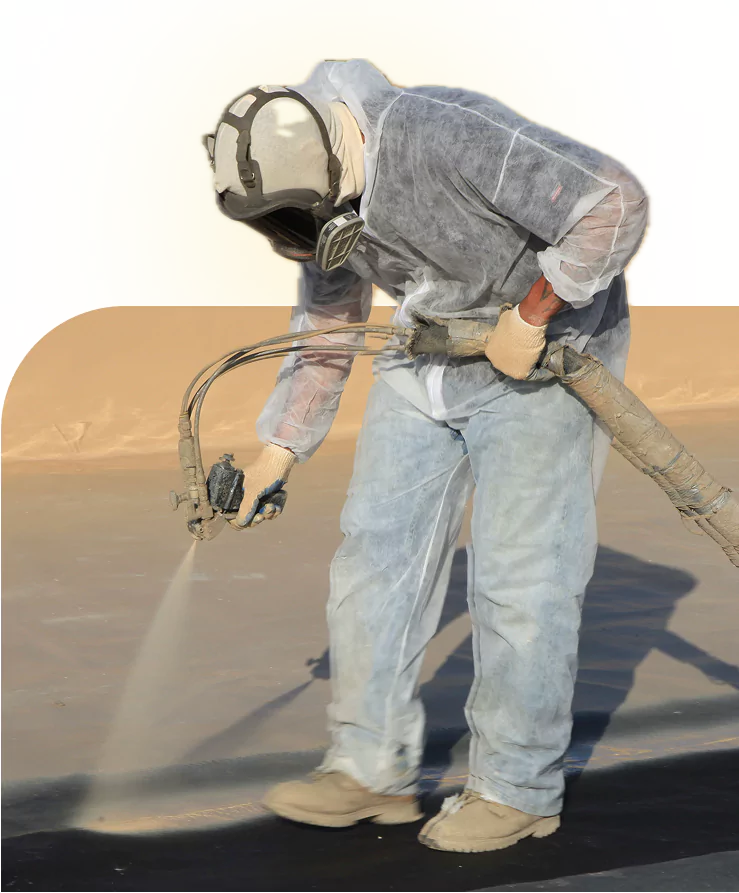
Our coatings are pigmentable and paintable. While the underneath coating permanently covers damage and gives a good strong underlayment, painting over it may not be durable enough for high traffic areas. Instead, pigmenting with a color before spraying provides maximum protection and the color will not peel or scratch off.
A wide range of colors can match or contrast existing themes. With the addition of ColorCoat aliphatic coatings or the use of aliphatic polyurea or aliphatic modified polyurethane, a design is protected from damaging UV deterioration.
A wide range of colors can match or contrast existing themes. With the addition of ColorCoat aliphatic coatings or the use of aliphatic polyurea or aliphatic modified polyurethane, a design is protected from damaging UV deterioration.
ArmorShield is quick-dry sprayed coating processed from recycled ground thermoset colored plastic. Our applicators apply different colors to create a faux brick or tile look and can even stencil a permanent design.
ArmorFloor is a unique roll-on coating aliphatic modified polyurethane designed for concrete refinishing applications. Color chips or quartz can be broadcast onto the wet surface to dry as design and texture. ArmorFloor and ArmorShield can be 25-40% less than comparable epoxy coatings and you get outstanding durability.
All of our polyurea and polyurethane products offer excellent properties compared to paint, epoxy and other flooring materials, but they vary in terms of degree of strength and flexibility. These differences are also important in terms of the material being coated. Concrete and wood have unique properties and therefore accept coatings differently.
ArmorFloor is a unique roll-on coating aliphatic modified polyurethane designed for concrete refinishing applications. Color chips or quartz can be broadcast onto the wet surface to dry as design and texture. ArmorFloor and ArmorShield can be 25-40% less than comparable epoxy coatings and you get outstanding durability.
All of our polyurea and polyurethane products offer excellent properties compared to paint, epoxy and other flooring materials, but they vary in terms of degree of strength and flexibility. These differences are also important in terms of the material being coated. Concrete and wood have unique properties and therefore accept coatings differently.
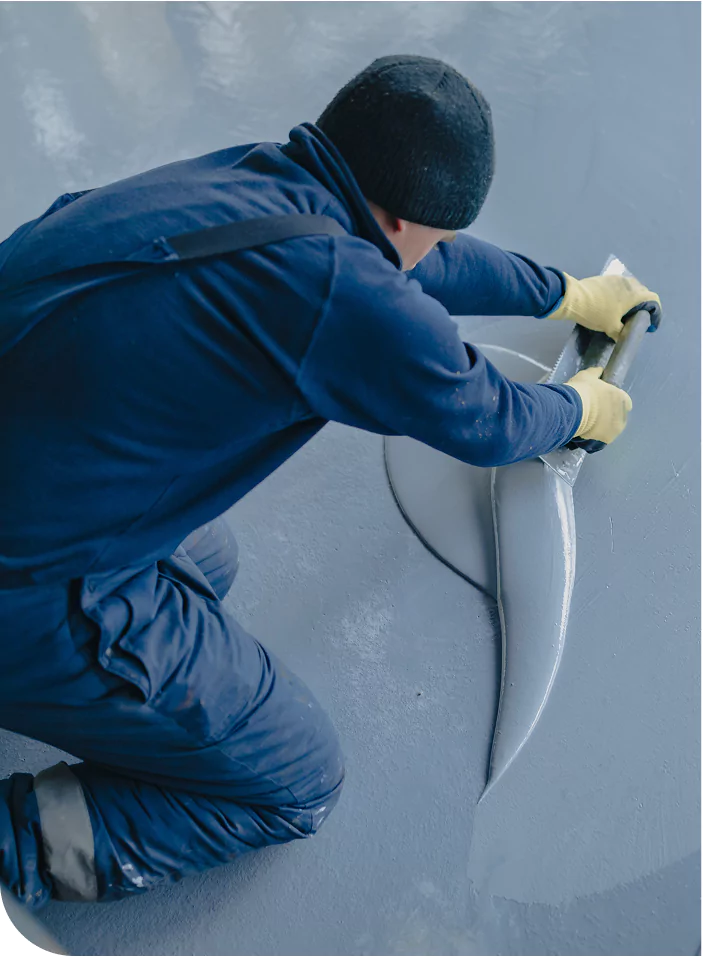
Our coatings are chemical resistant, waterproof and stable in all types of weather. They resist scratching and denting and the flexibility allows the coating to move with the surface to prevent cracking.
A seamless waterproof basin can even be created by spraying partway up the walls. This prevents contaminants from leaching between the floor and walls, which is extremely important in health or food environments such as hospitals, kennels, restaurants and much more. Read more how ArmorThane reduces the spread of bacteria and infectious disease on floors.
We’ve written two additional articles on wood decks and concrete patios but the concepts apply to any flooring surface.
A seamless waterproof basin can even be created by spraying partway up the walls. This prevents contaminants from leaching between the floor and walls, which is extremely important in health or food environments such as hospitals, kennels, restaurants and much more. Read more how ArmorThane reduces the spread of bacteria and infectious disease on floors.
We’ve written two additional articles on wood decks and concrete patios but the concepts apply to any flooring surface.
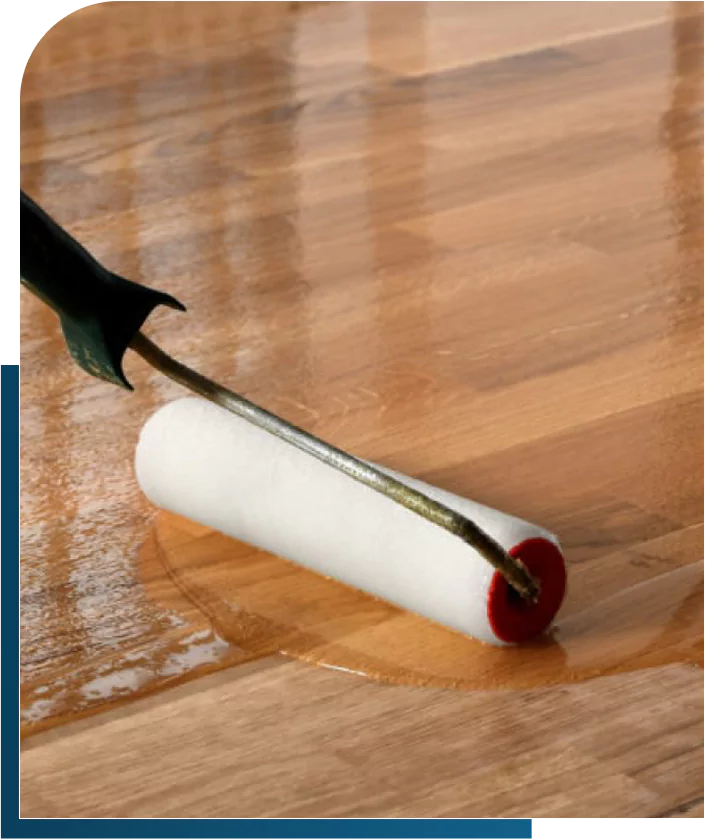
CONTACT US
REQUEST A QUOTE
ArmorThane has built a strong reputation over the past 30 years for producing high-quality, durable protective coatings.

Phone Number
Tel: 417.831.5090

Email Us
moreinfo@armorthane.com
